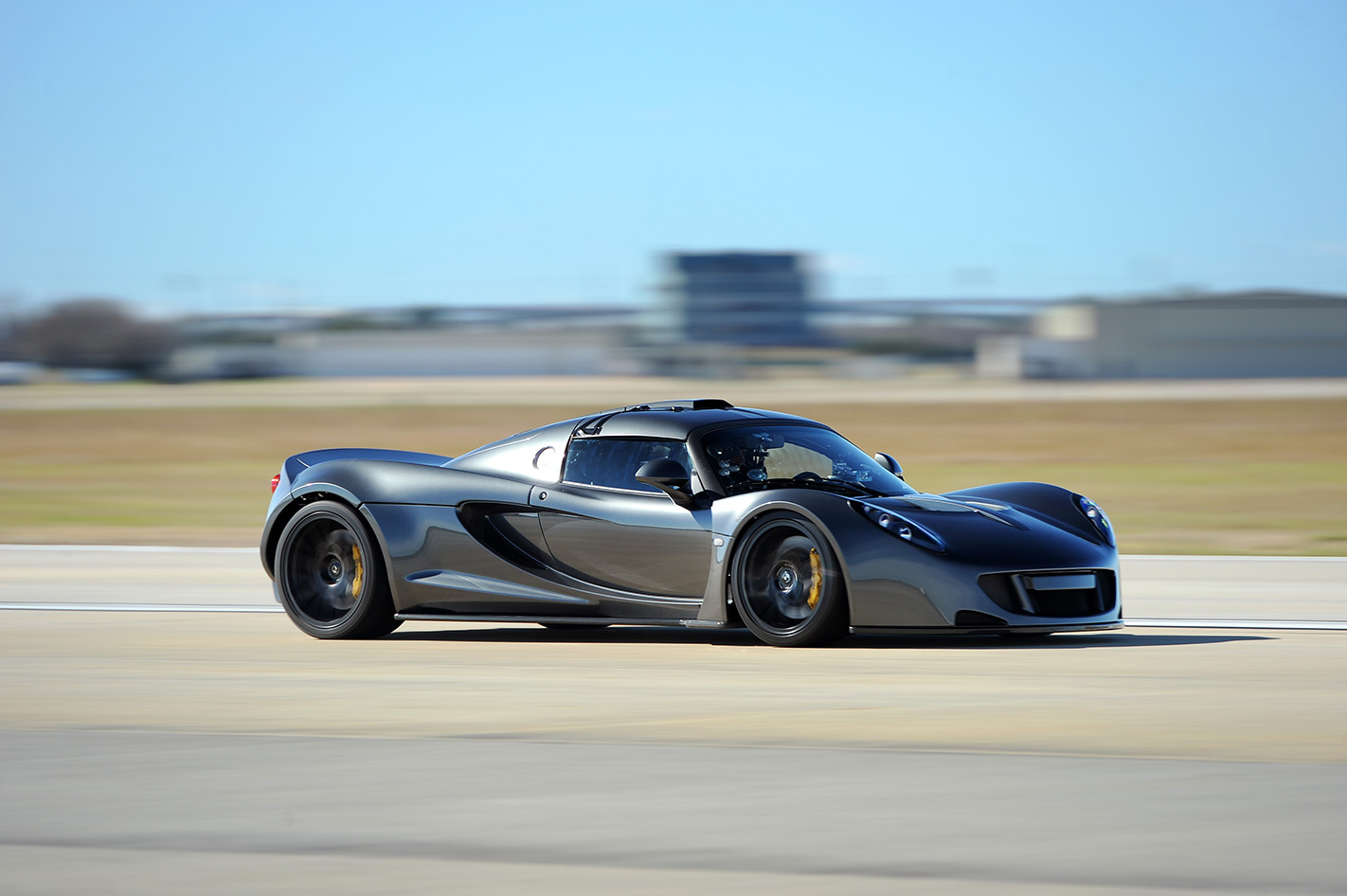Our older readers no doubt had a poster on the bedroom or garage wall; for younger folk the poster was replaced by a desktop or smartphone wallpaper, not to mention the model cars all ages tend to collect.
The point is, supercars are important: for those lucky enough to afford them they offer the ultimate driving experience, but even for those of us who can’t they introduce new technology, push engineering boundaries and inspire the next generation.
Nevertheless, selecting the top 100 supercars of all time is no easy task, believe me. First of all, you have to define what a supercar is. Are front-engined cars allowed? Is there a certain performance threshold? What about production numbers?
In the end, it was more about ‘feel’ – you just know a supercar when you see one.
That settled, we had to find 100 supercars, which is harder than you might think. We sent out our nets and trawled the very deepest depths of the automotive ocean in an attempt to discover every possible car.
We’re starting today by counting down the 100-51 best, but check back tomorrow to see the remaining 50-1!
For the purposes of this list the supercar era starts with the Miura in 1966 (with one exception) and continues until the present day. Cars that are still in development were omitted as there isn’t sufficient information available to accurately rank them.
Disagree with our rankings? Let us know why at the usual address.

100: Covini C6W (2004)
4163cc V8, 324kw/470Nm
For any new supercar manufacturer to make waves it’s important to offer something new. The Covini C6W’s departure from the norm is fairly evident, but there’s a good reason why the vast majority of cars built over the past 135 years have had four wheels, not six. First shown publicly in 2004, the C6W supposedly went into production in 2010 but it’s unclear if any cars were actually made.
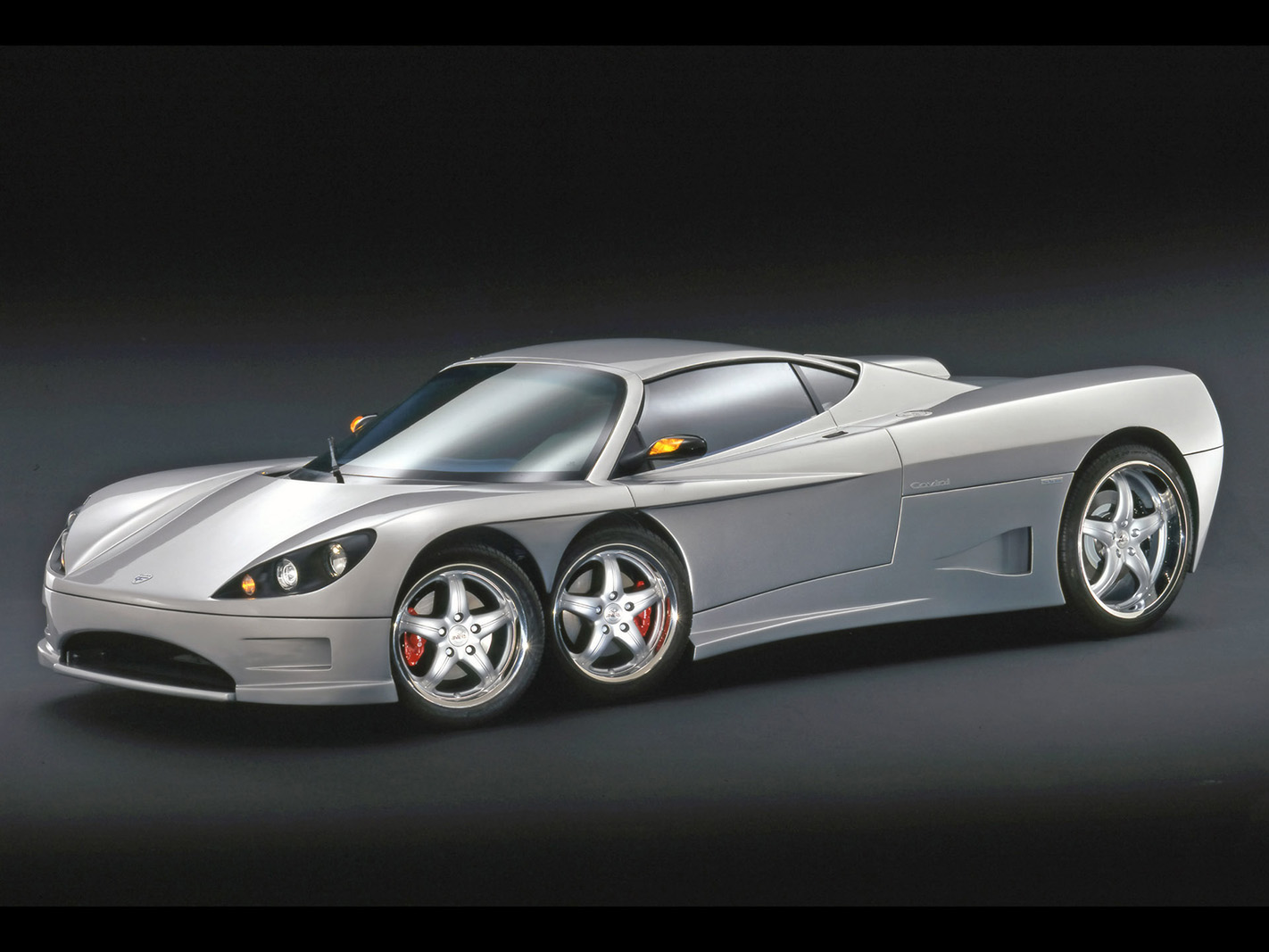
99: Monteverdi Hai SS (1970)
6974cc V8, 331kW/664Nm
Monteverdi made some cool cars (look up the High Speed 375/4) and the oddly named Hai had the potential to be another. It was powered by a mid-mounted 7.0-litre Hemi V8 matched to a five-speed gearbox, but only two were built and the massive engine didn’t do much for the handling.

98: Vector M12 (1996)
5707cc V12, 367kW/576Nm
The M12 should have been a success: Peter Stevens-designed body, a Lamborghini V12 and Diablo underpinnings, but the whole thing was a farce. Just 14 production cars were built, all of terrible quality. The story does have a happy ending, though, the M12 debacle forcing parent company Megatech to sell Lamborghini to Audi in 1998.
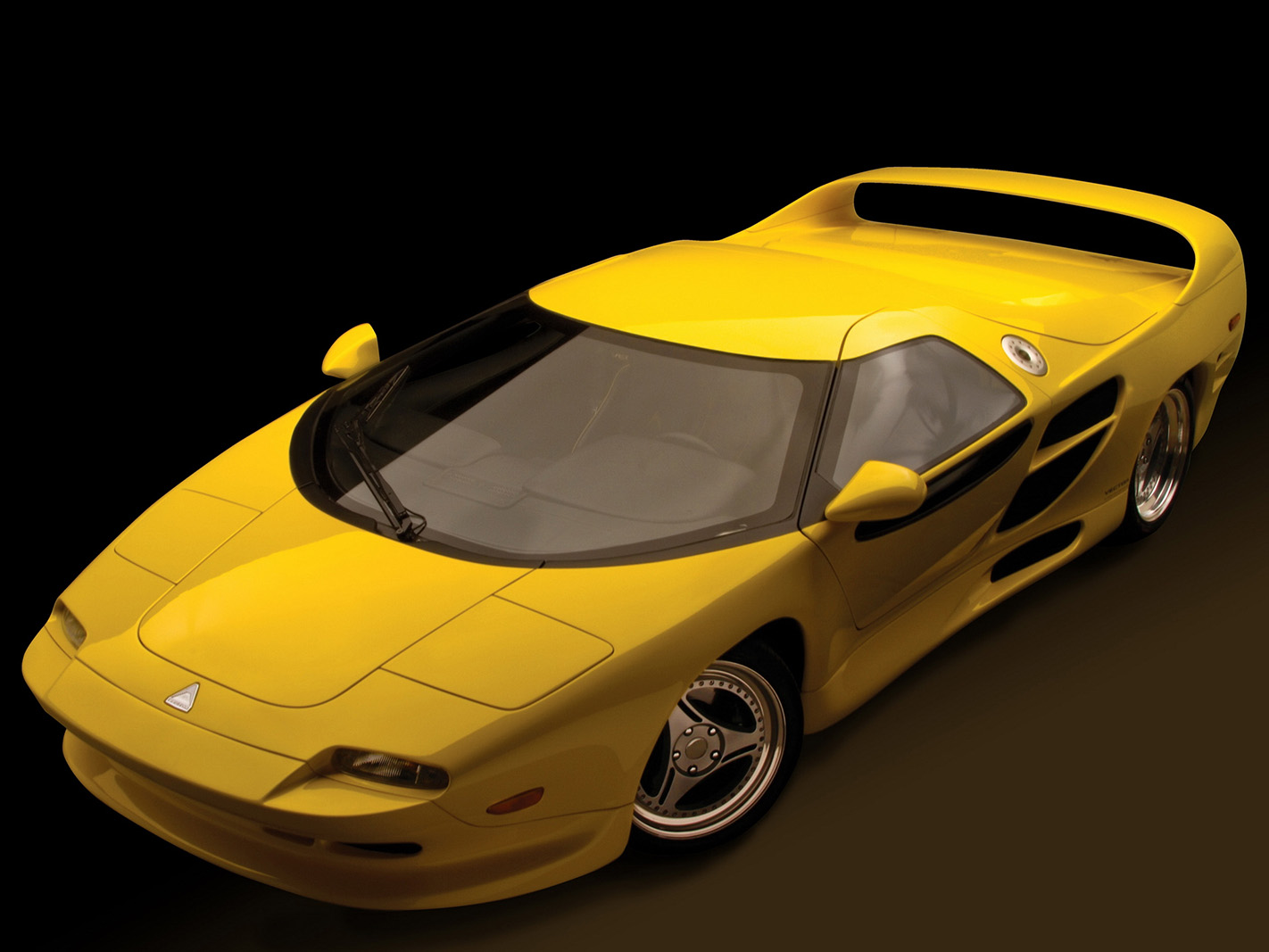
97: Callaway Super Speedster LM (1991)
5735cc V8TT, 559kW
The chop-roof Callaway Speedster is rare to begin with, but just two of the rebodied ‘LM’ models were built, using the engine from the iconic 410km/h Callaway Sledgehammer!
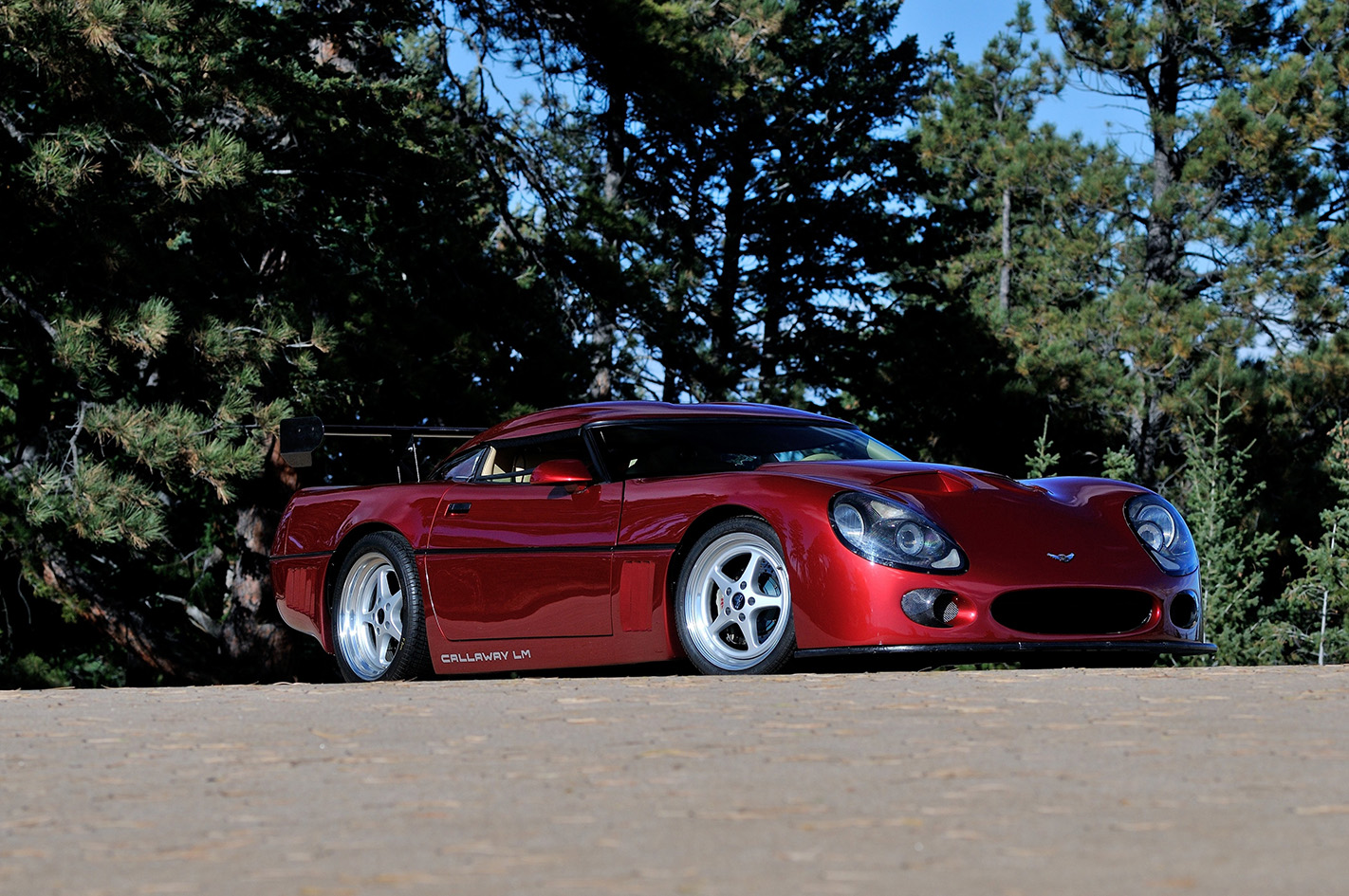
96: Aston Martin Bulldog (1980)
5340cc V8TT, 522kW/813Nm
For decades the Bulldog was the fastest Aston ever built, the 5.3-litre twin-turbo V8 jetting it to a verified 309km/h during testing. In 1981! Sadly, Aston’s ever-present financial difficulties led to the sole Bulldog being sold to the Middle East, but a UK company now intends on a full restoration.
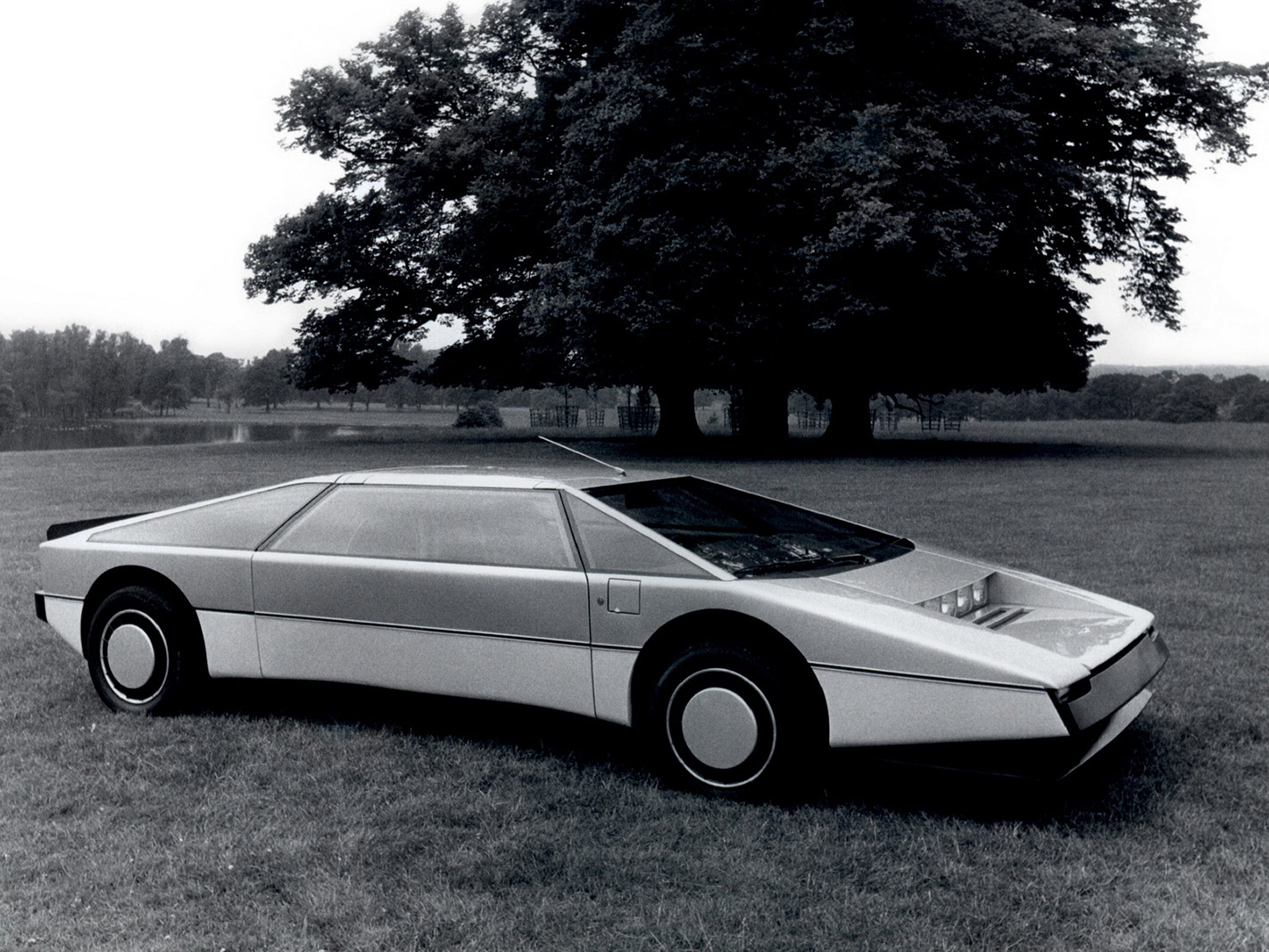
95: Aixam Mega Track (1992)
5987cc V12, 290kW/570Nm
French company Aixam saw the future 30 years ago with the wild Mega Track. Long before high-riding SUVs became the norm, this wild off-road supercar paired a Mercedes 6.0-litre V12 with up to 320mm of ground clearance and seating for four. Sadly, only a few were made.
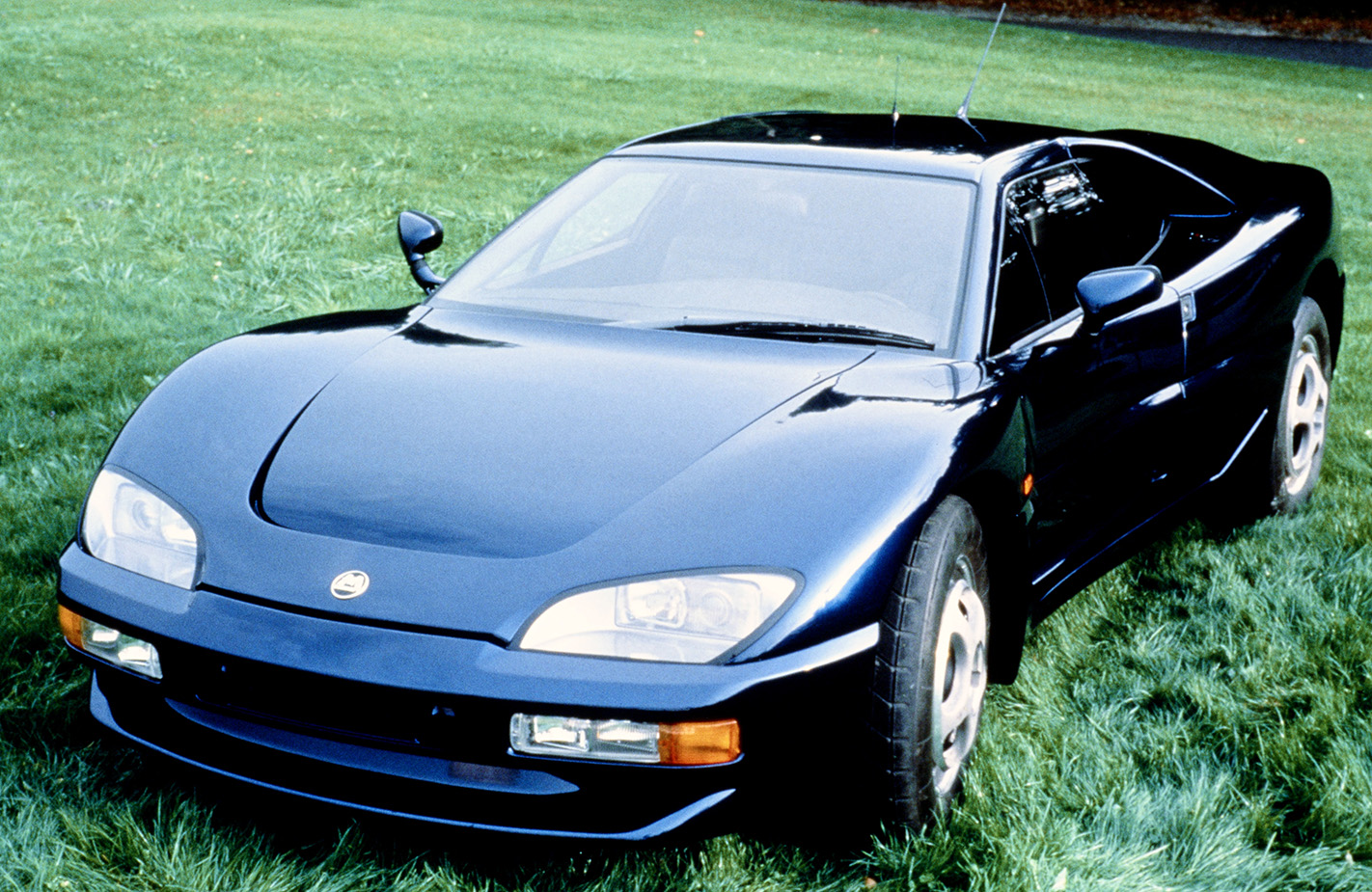
94: Toyota GT-One (1998)
3578cc V8TT, 450kW/650Nm
Why is one of the coolest road-going racers ever languishing in 94th place? Because Toyota doesn’t love it. The GT1 regulations required one road-going example of the race car be made and, like Nissan, that’s exactly what Toyota did, supposedly arguing the empty fuel tank qualified as luggage space. Worse, the GT-One has sat neglected for the last two decades and is apparently unable to even run.
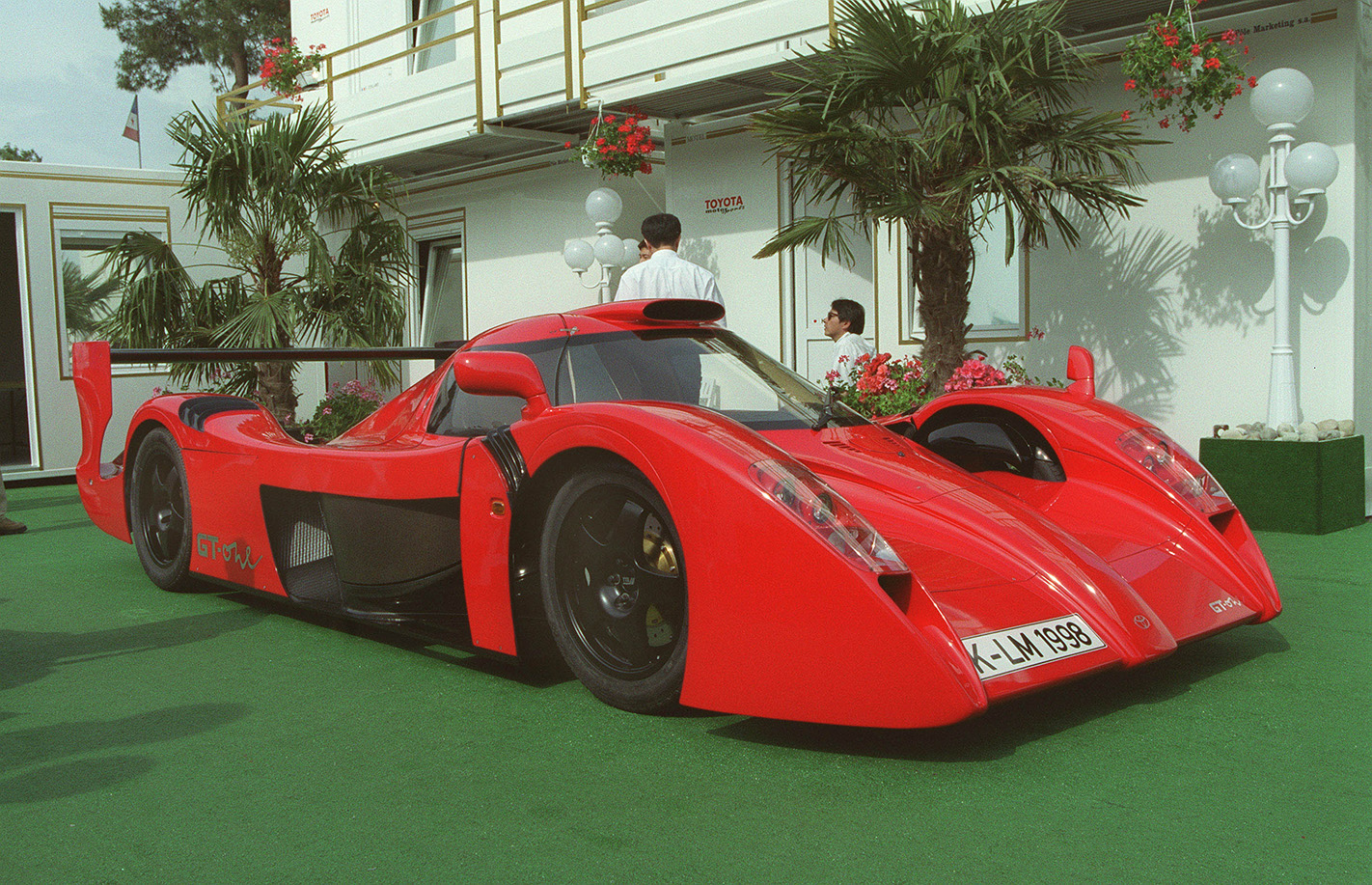
93: Lotec C1000 (1995)
5549cc V8TT, 634kW/978Nm
If you’re a gazillionaire and can’t find a supercar you like you can always commission your own. That was the case for one UAE oil tycoon who gave German engineering firm Lotec five years and $3.4m to create the C1000. A 5.6-litre twin-turbo Mercedes V8 produces 634kW and the design is quite well resolved but it’s a very basic affair inside. The C1000 appeared for sale in the US in 2015.

92: Pininfarina Ferrari F90 (1988)
4943cc flat-12, 290kW
The first of a few Brunei specials in this list, six F90s were built by Pininfarina on Testarossa platforms, the name alluding to a ‘Ferrari of the ’90s’. Ferrari disagreed, refusing to acknowledge this top-secret project for many years. Sadly, all six still reside in Brunei.

91: Vector W8 (1989)
3498cc V12, 294kW
In the late 1980s Japan was riding the crest of a wave and Yamaha decided to capitalise on its new F1 engine program by making a supercar. A 3.5-litre V12 produced 294kW at 10,000rpm and the two seats were line astern. Then the Japanese economy tanked and the project was canned after just three of the hammerhead sharks on wheels had been built.
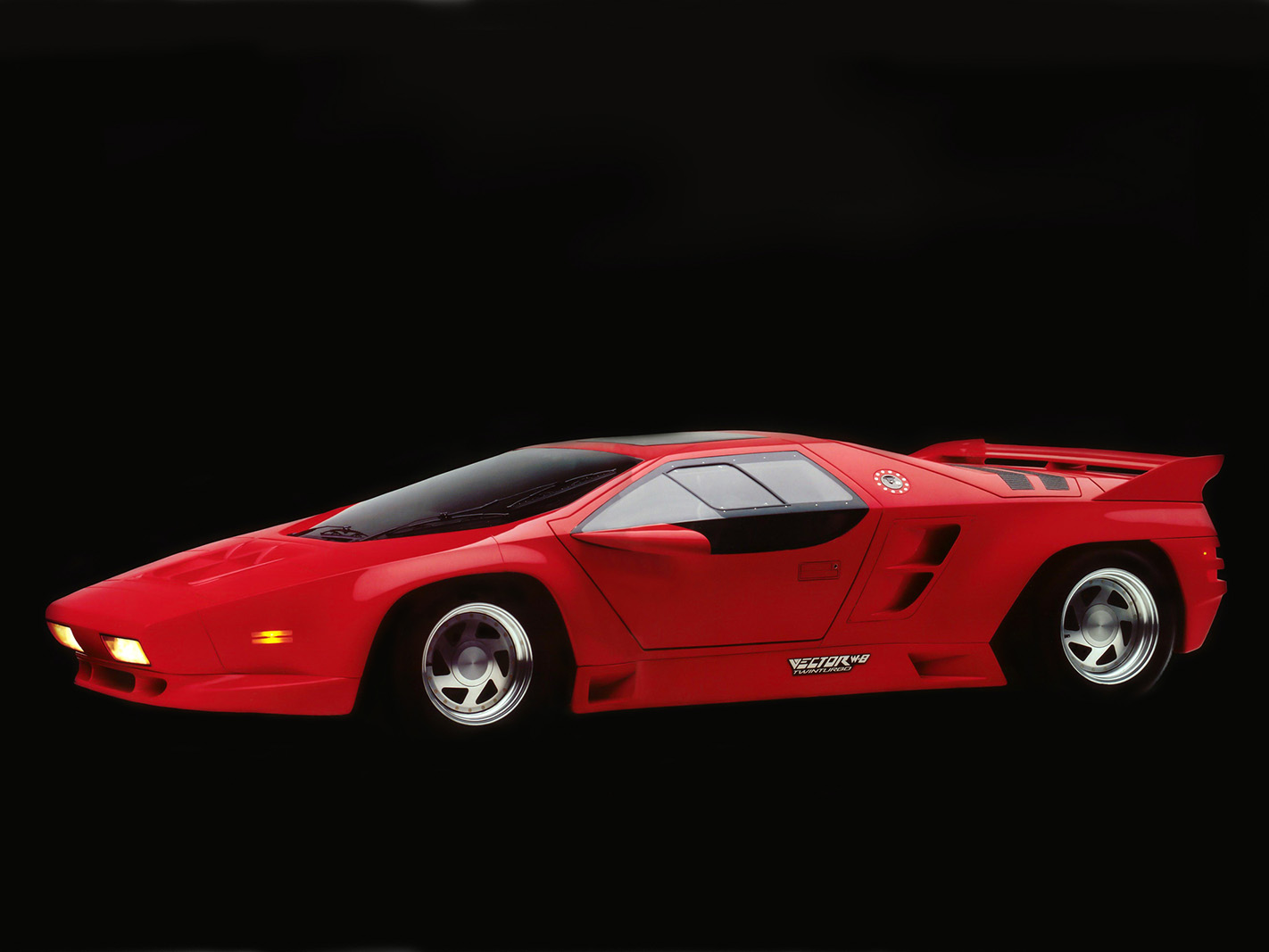
90: Pininfarina Jaguar XJ220 (1995)
3498cc V6TT, 404kW
When you have the resources of the Sultan of Brunei and his infamous brother Jefri, you don’t let a small issue like the lack of an automatic option stop you. Pininfarina was tasked with redesigning the Jaguar XJ220 with new aero, new headlights and, most drastically, a bespoke semi-automatic gearbox (see number 87).
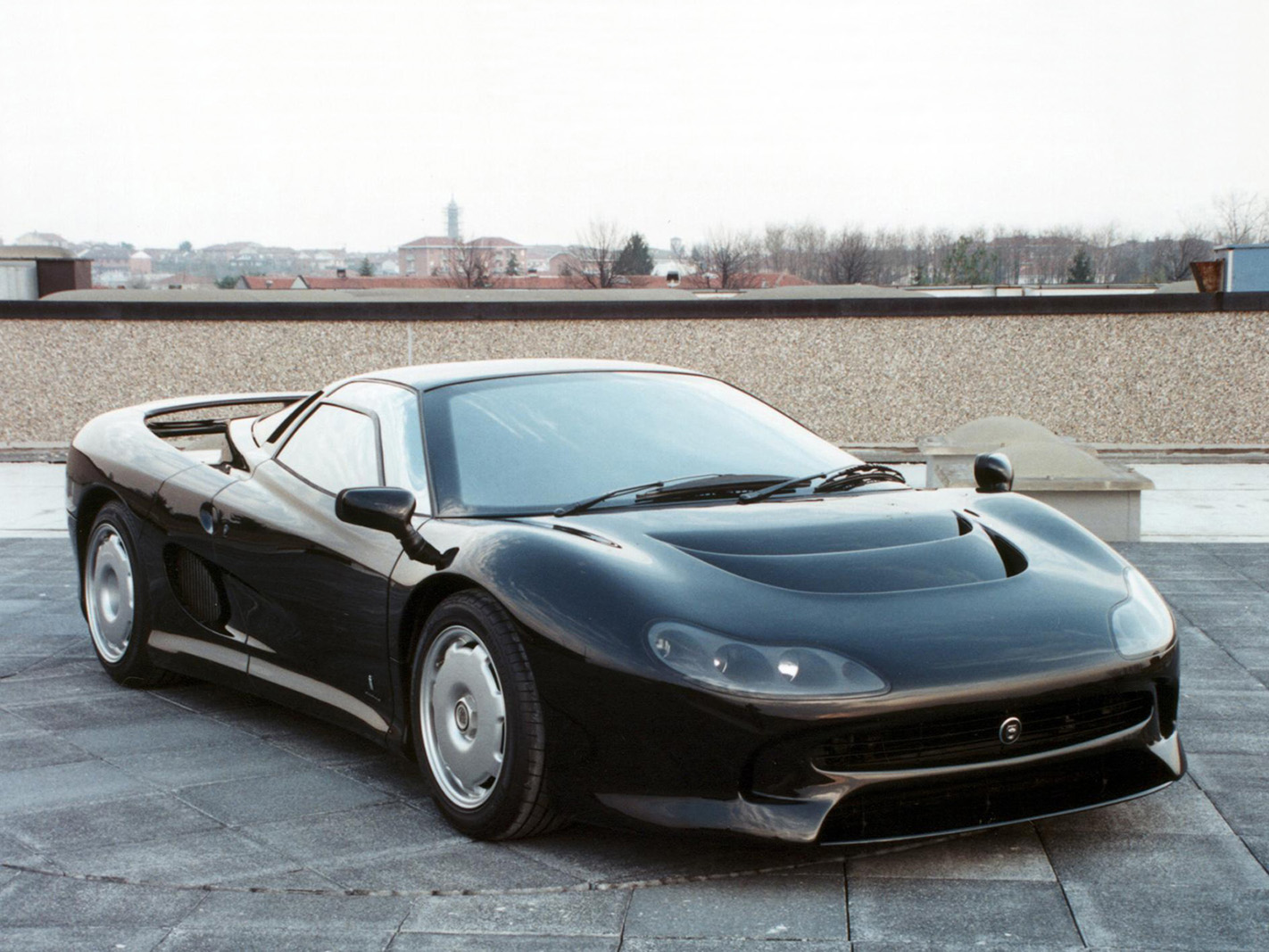
89: Yamaha OX99-11 (1992)
3498cc V12, 294kW
In the late 1980s Japan was riding the crest of a wave and Yamaha decided to capitalise on its new F1 engine program by making a supercar. A 3.5-litre V12 produced 294kW at 10,000rpm and the two seats were line astern. Then the Japanese economy tanked and the project was canned after just three of the hammerhead sharks on wheels had been built.
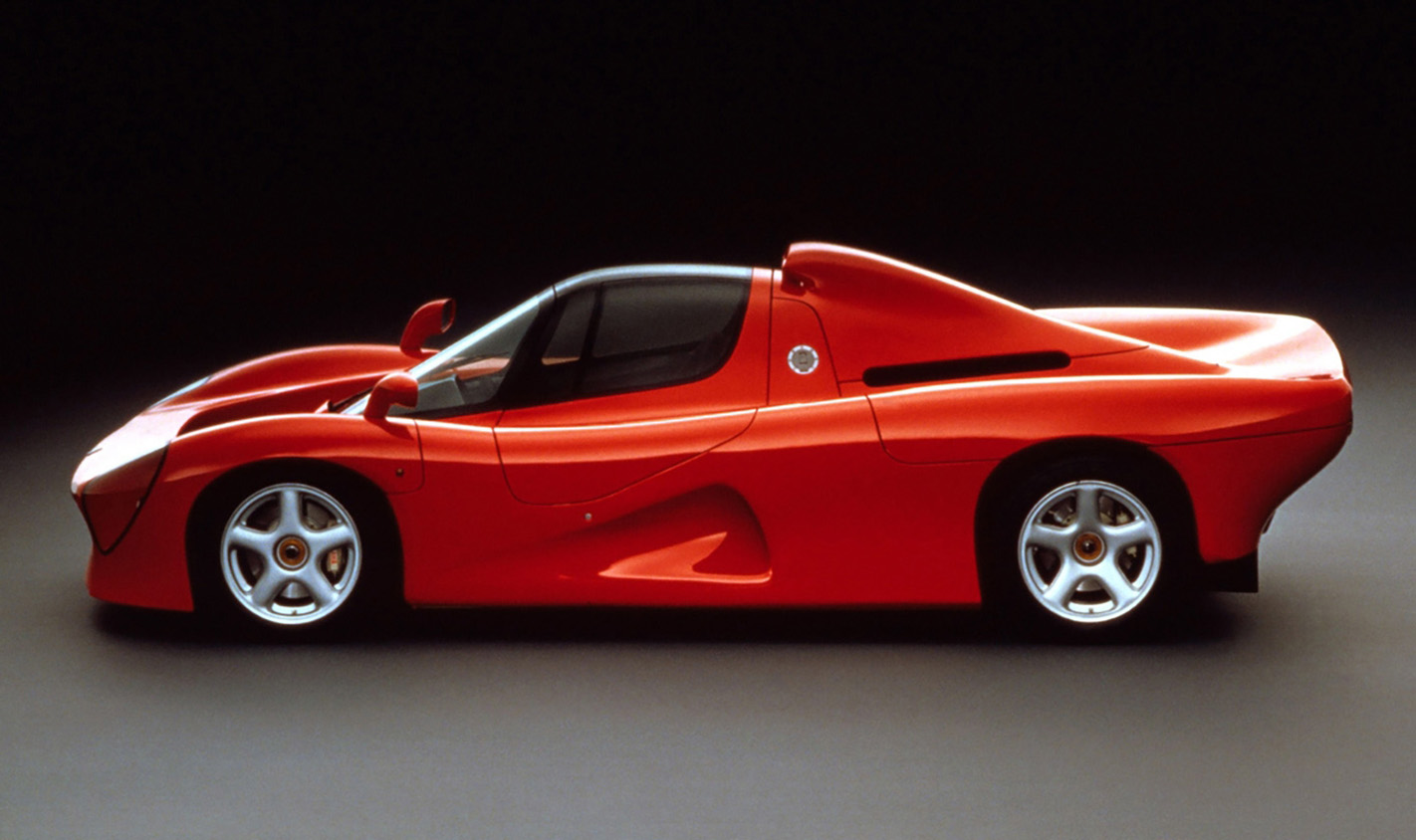
88: Mega Monte Carlo (1996)
5991cc V12, 331kW/600Nm
The mega Monte Carlo had all it needed for success: resolved styling, a 331kW Mercedes V12 with a six-speed manual, carbon brakes and, according to road tests of the time, beautifully resolved dynamics. A shame, then, that only a handful were ever produced.
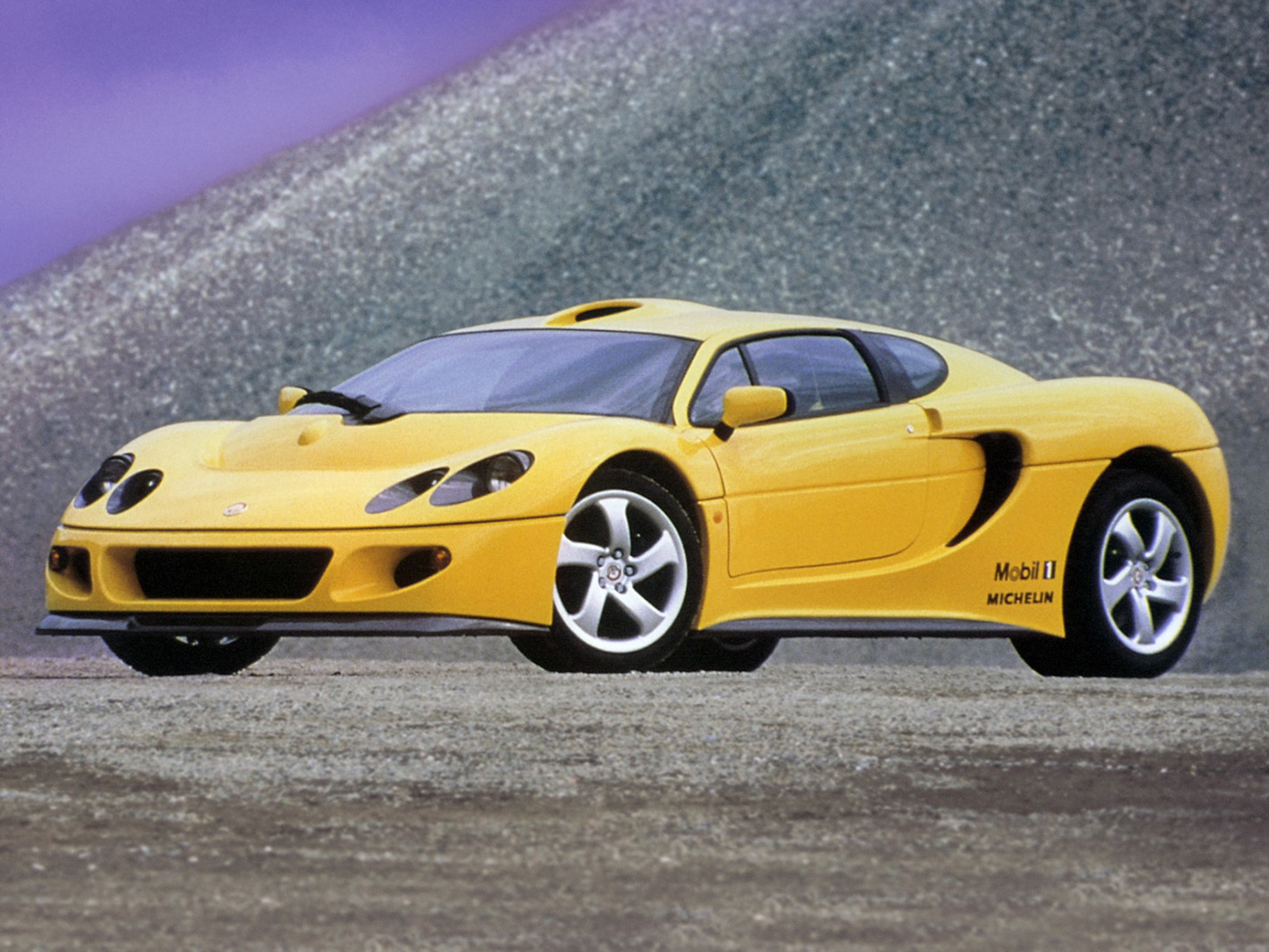
87: Ferrari FX (1995)
4943cc flat-12, 328kW/500Nm
Another Brunei special, the Ferrari FX was a fascinating project. Pininfarina restyled and rebodied six Ferrari Testarossas in carbon and partnered with Prodrive to install a semi-automatic gearbox. This blue one escaped and now lives in a US museum.
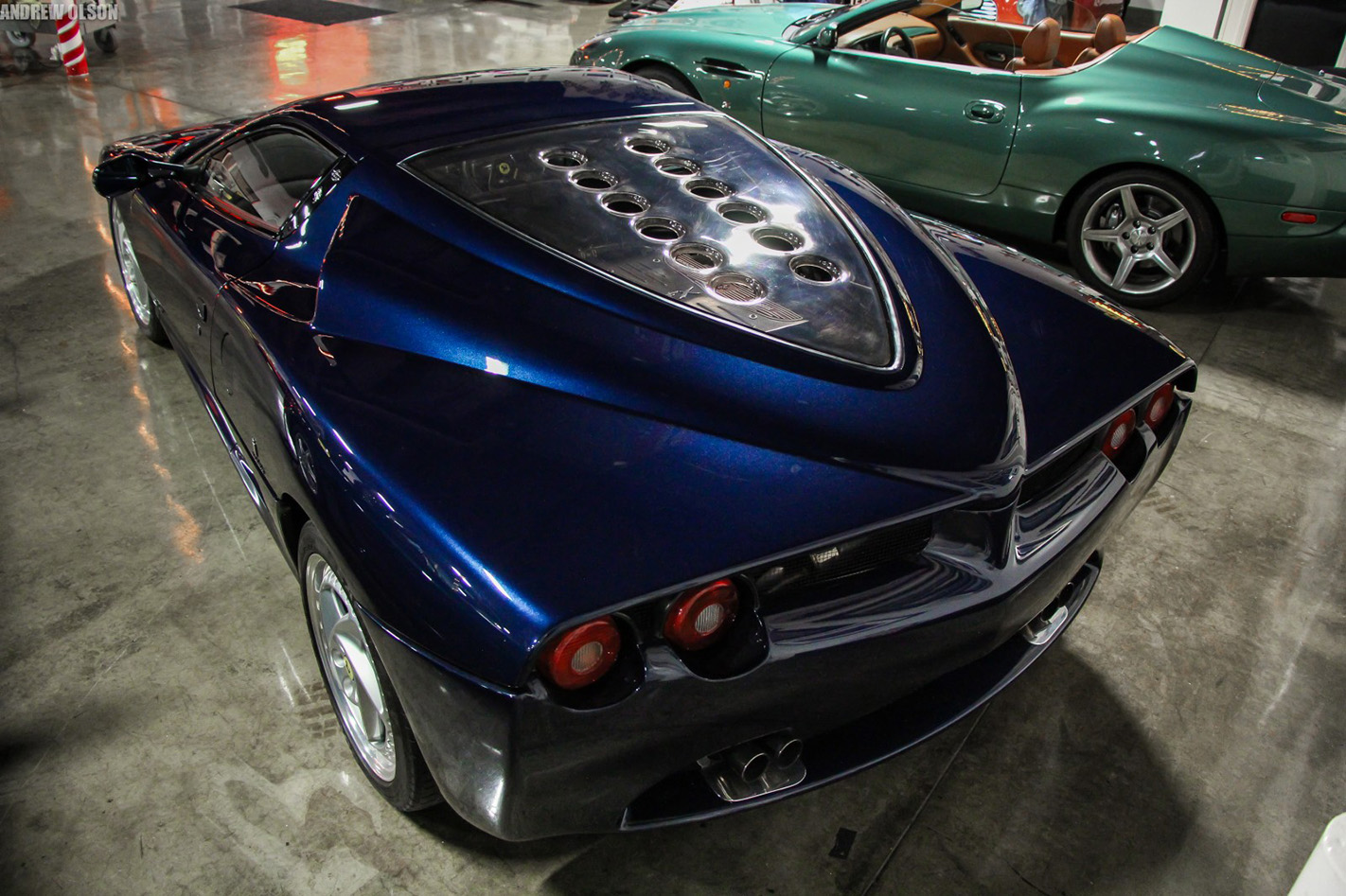
86: Nissan R390 (1998)
3495cc V8TT, 410kW
Like Toyota, Nissan only built one R390 road car to homologate it for racing. It was apparently happy to build more, but customers were few at US$1m. Initially red, the R390 was rebodied and repainted blue. Today it resides in Nissan’s Zama heritage garage, coming out for the occasional demo run.
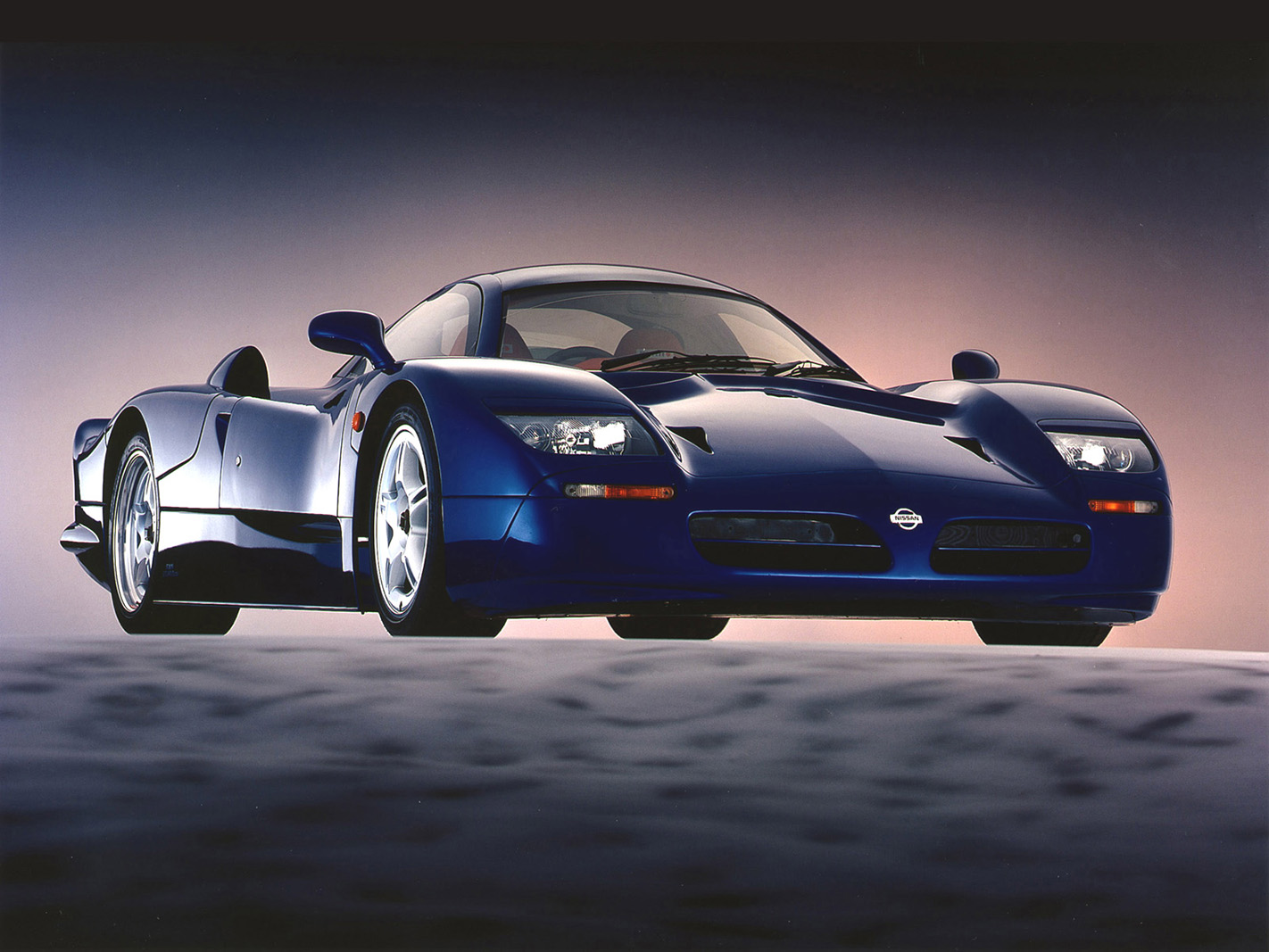
85: TVR Speed 12 (1998)
7730cc V12, 600kW/880Nm
Had it reached production, the TVR Speed 12 likely would’ve been the wildest road car ever. Powered by a 7.7-litre V12 producing at least 600kW in an 1100kg body, the sole example was built with a race shell and parts from various prototypes.
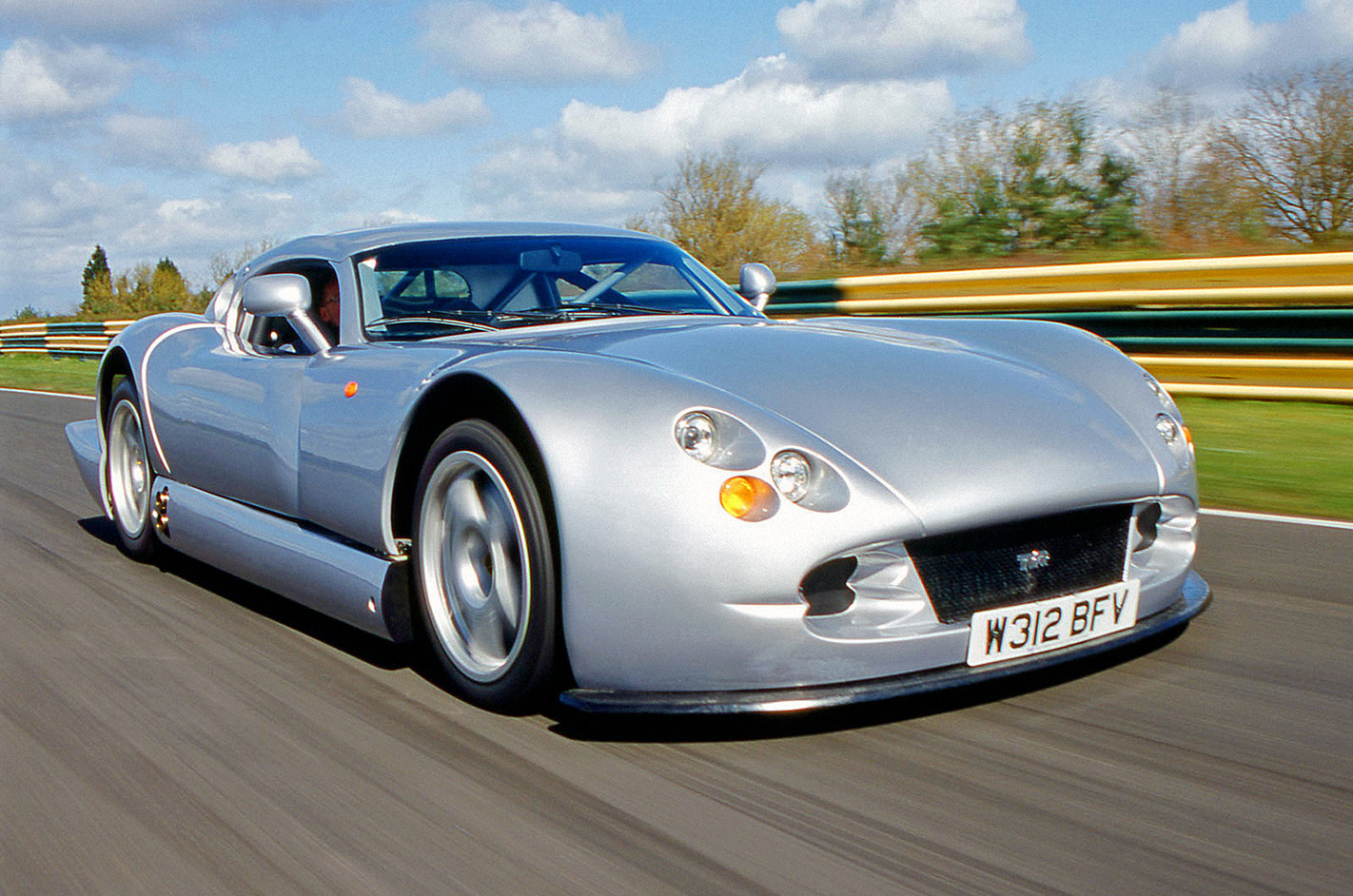
84: B Engineering Edonis (2001)
3760cc V12TT, 500kW
Devised by Italian engineering royalty using the carbon chassis and basic engine from the Bugatti EB110, the Edonis was like a modern Ferrari F40, the 3.8-litre twin-turbo V12 sending 500kW/735Nm to the rear wheels. It was clocked at 359km/h at Nardo during a French magazine test but only a pair of prototypes were completed.
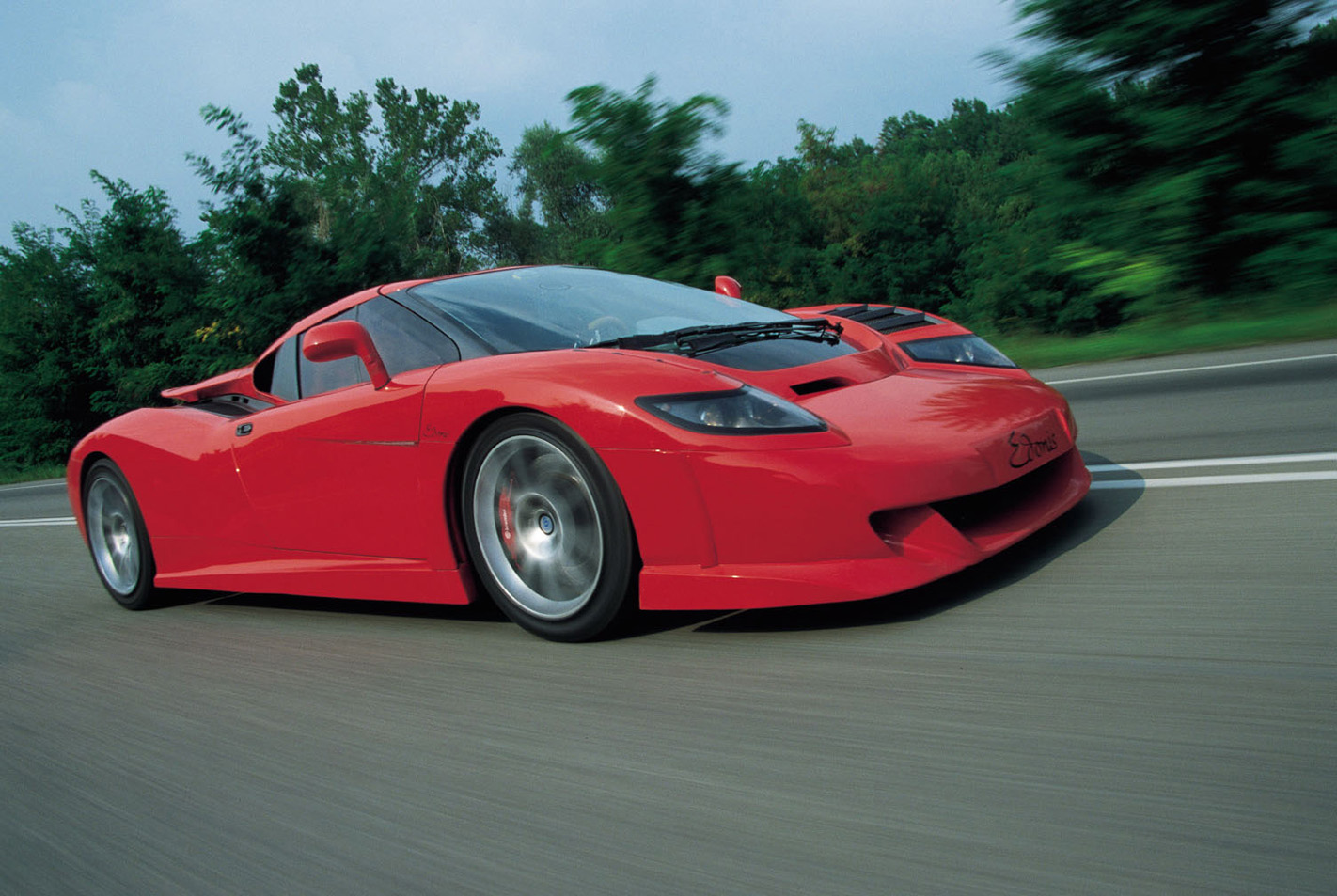
83: VW W12 Nardo (2002)
5998cc W12, 441kW/621Nm
Another star of Nardo, VW’s W12-powered concept broke records at the iconic Italian test track. After a couple of show versions, VW got serious by expanding the W12 engine from 5.6 to 6.0 litres. The subsequent 441kW powered the matte black beast to 357km/h, while a team of drivers covered a record 7901km over 24 hours at an average speed of 322.8km/h. Unfortunately, it never made production.
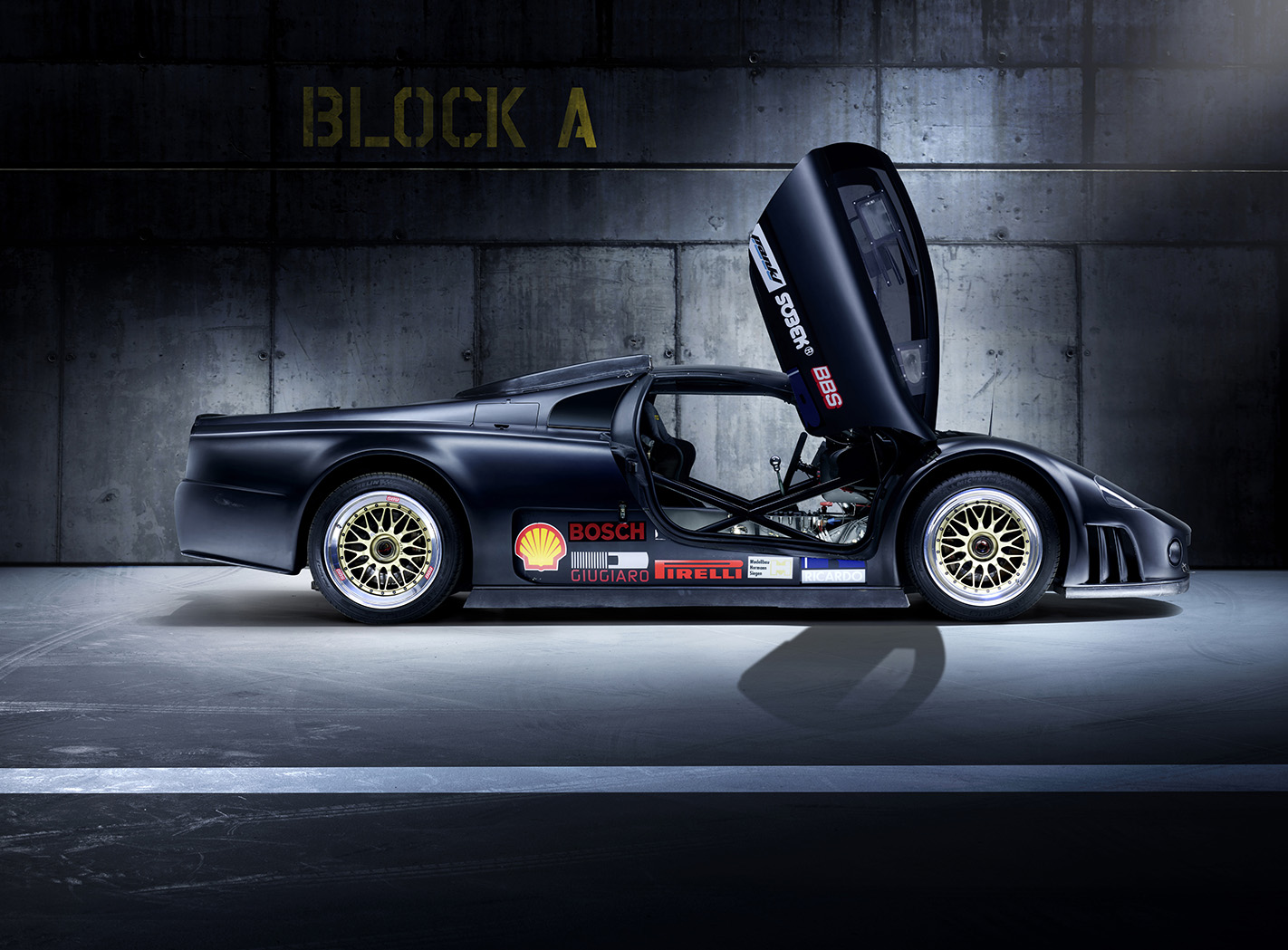
82: Arash AF8 (2016)
7008cc V8, 410kW/645Nm
Rating the Arash AF8 is very difficult. The company has existed since 1999, becoming Arash Motor Company in 2006. Its AF8 doesn’t reinvent the wheel, using a proven LS7 7.0-litre V8 and six-speed manual in a 1200kg tubular steel chassis with carbon body panels. Trouble is, there is very little information available about how many have been built or what they are like to drive!
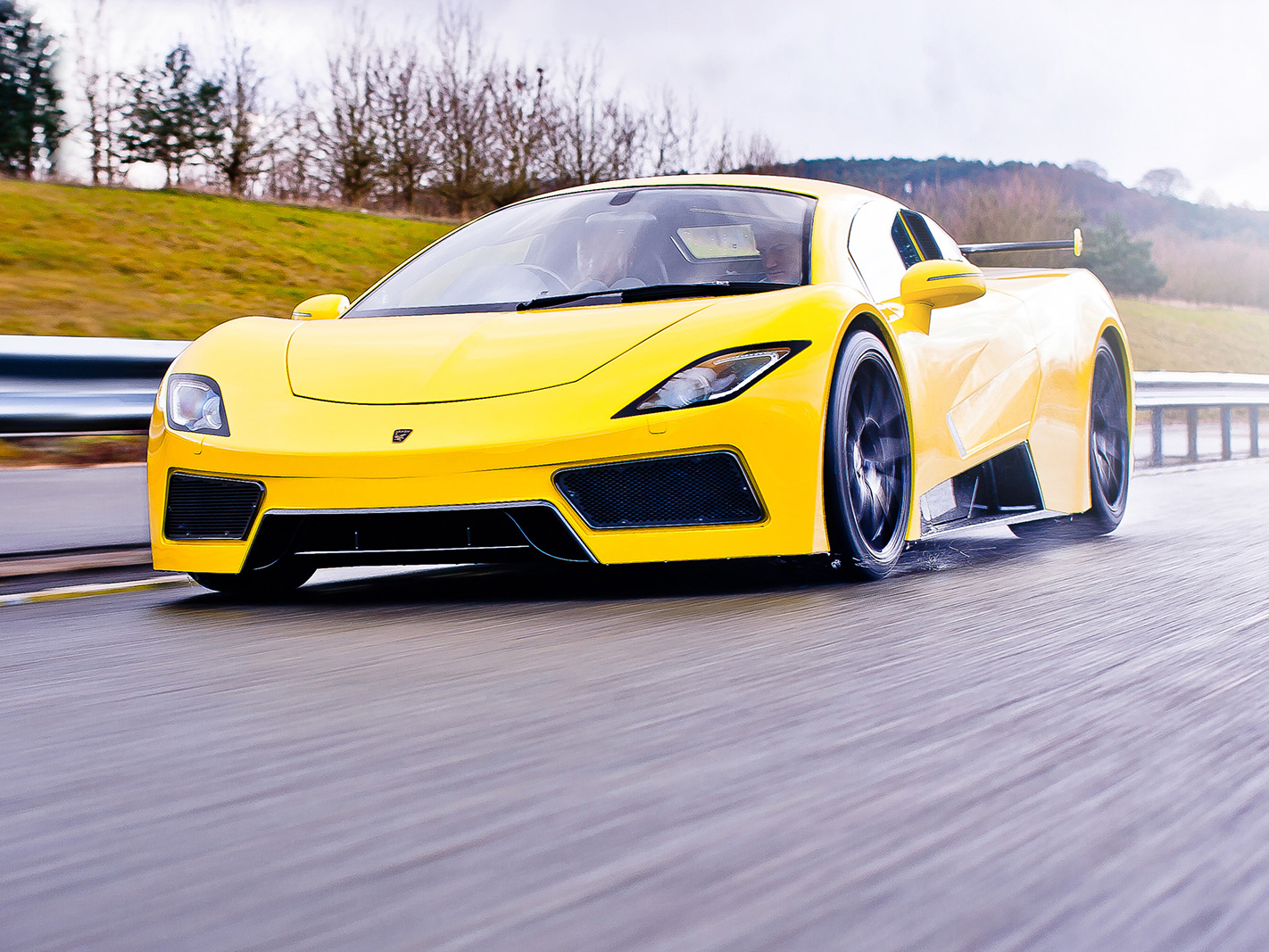
81: Lister Storm (1993)
6996cc V12, 407kW
Four Storms were initially built, along with a further six race cars, which raced in British GT and at Le Mans. What increased our respect for this unusual 330km/h monster was the discovery of a mint example for sale in 2018 with 50,000km on the clock, suggesting a very sorted and usable machine. Ugly but appealing.
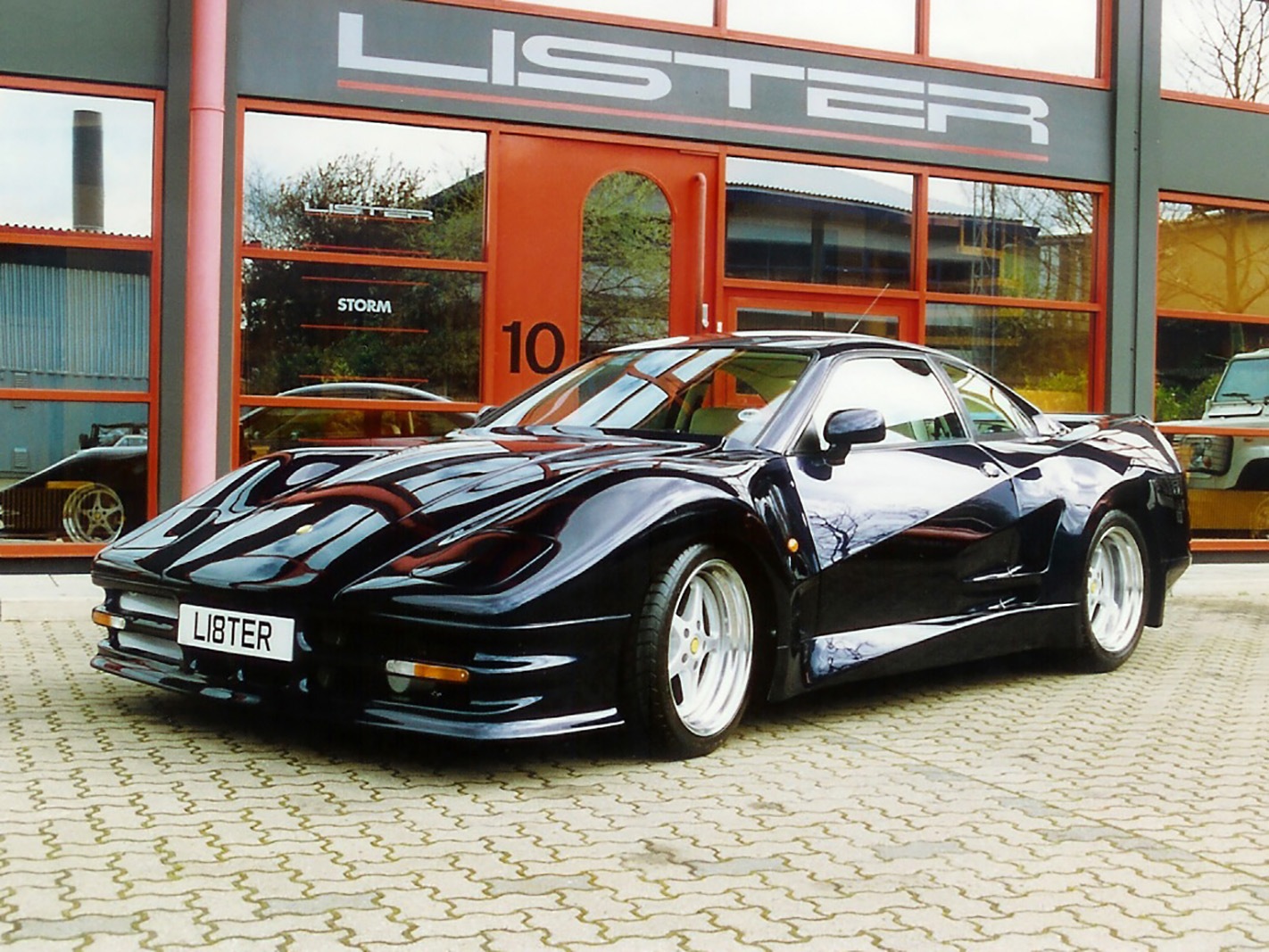
80: Dauer 962 (1993)
2994cc flat-6TT, 537kW/700Nm
Created to exploit a regulations loophole, the Dauer 962 allowed Porsche to re-enter the 962 as a GT car at Le Mans, where it came first and third overall in the 1994 race. A total of 13 road cars were built, one recording a top speed of 404km/h in 1998. A true road-going race car.
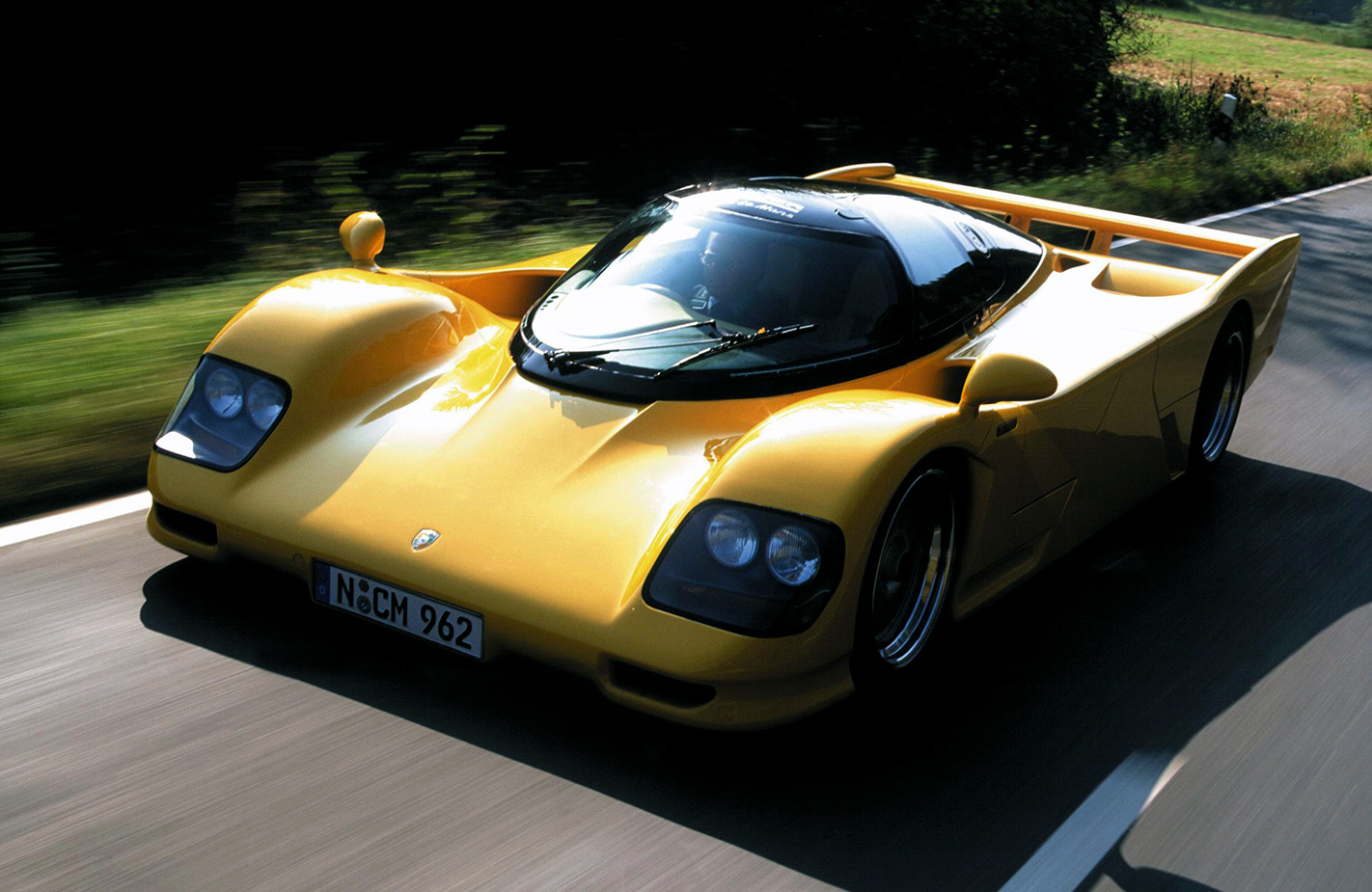
79: Zenvo TS1 (2016)
5800cc V8TS, 823kW/1139Nm
Danish supercar maker Zenvo treads its own path. Its TS1 uses a 5.8-litre twin-supercharged engine but reviews suggest there are quite a few bugs to iron out, particularly with the gearbox, which is a tough sell at ¤1.35m (A$2.2m).
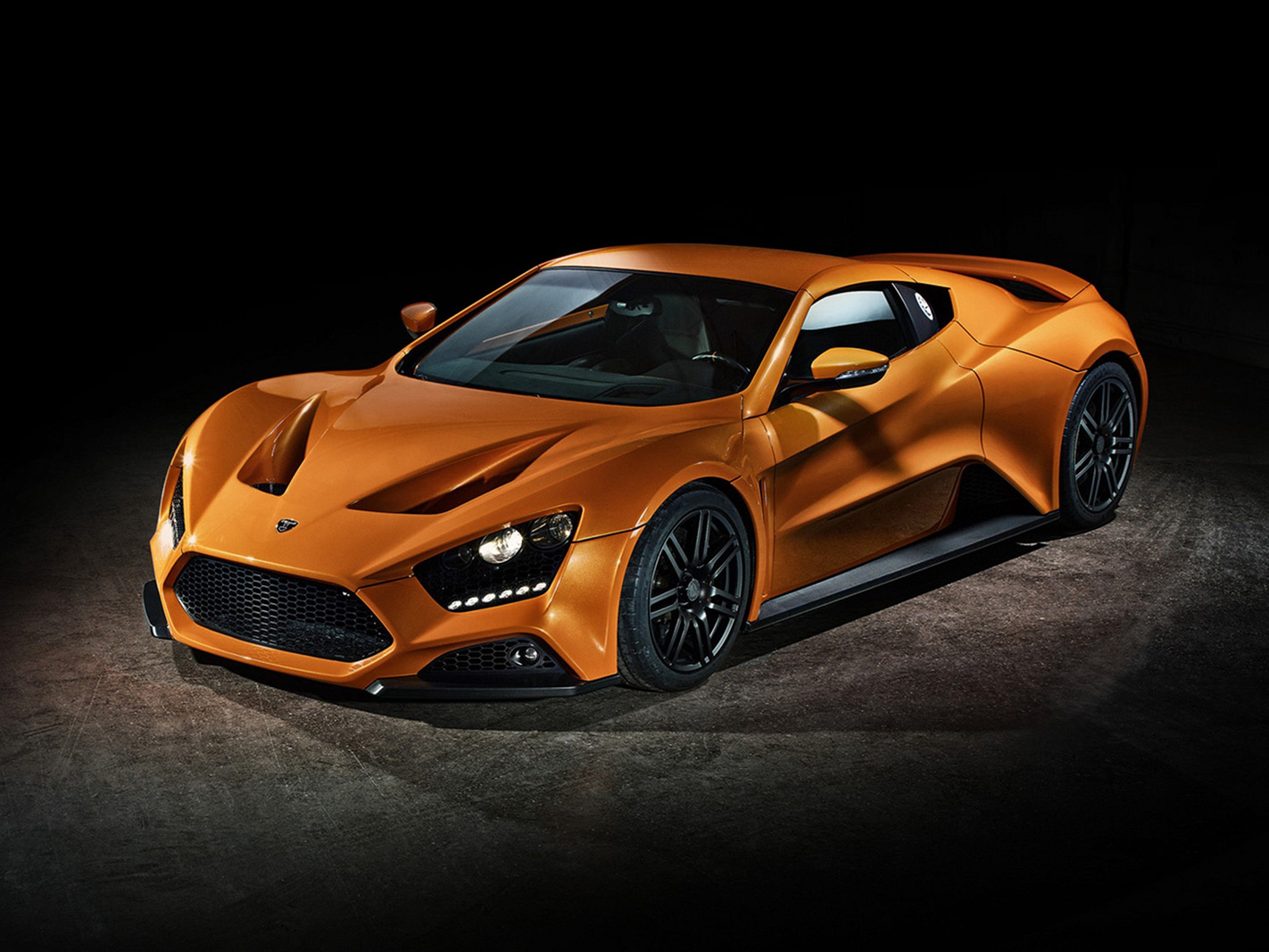
78: Tushek Renovatio (2012)
4163cc V8, 331kW/427Nm
Another supercar from an unexpected source, Slovenia’s Tushek took the powertrain from the Audi B5 RS4 and installed it in an 1133kg body so performance was vivid, the handling well sorted and the car finished to a high standard. Then again, it was the same price as a McLaren 675LT.
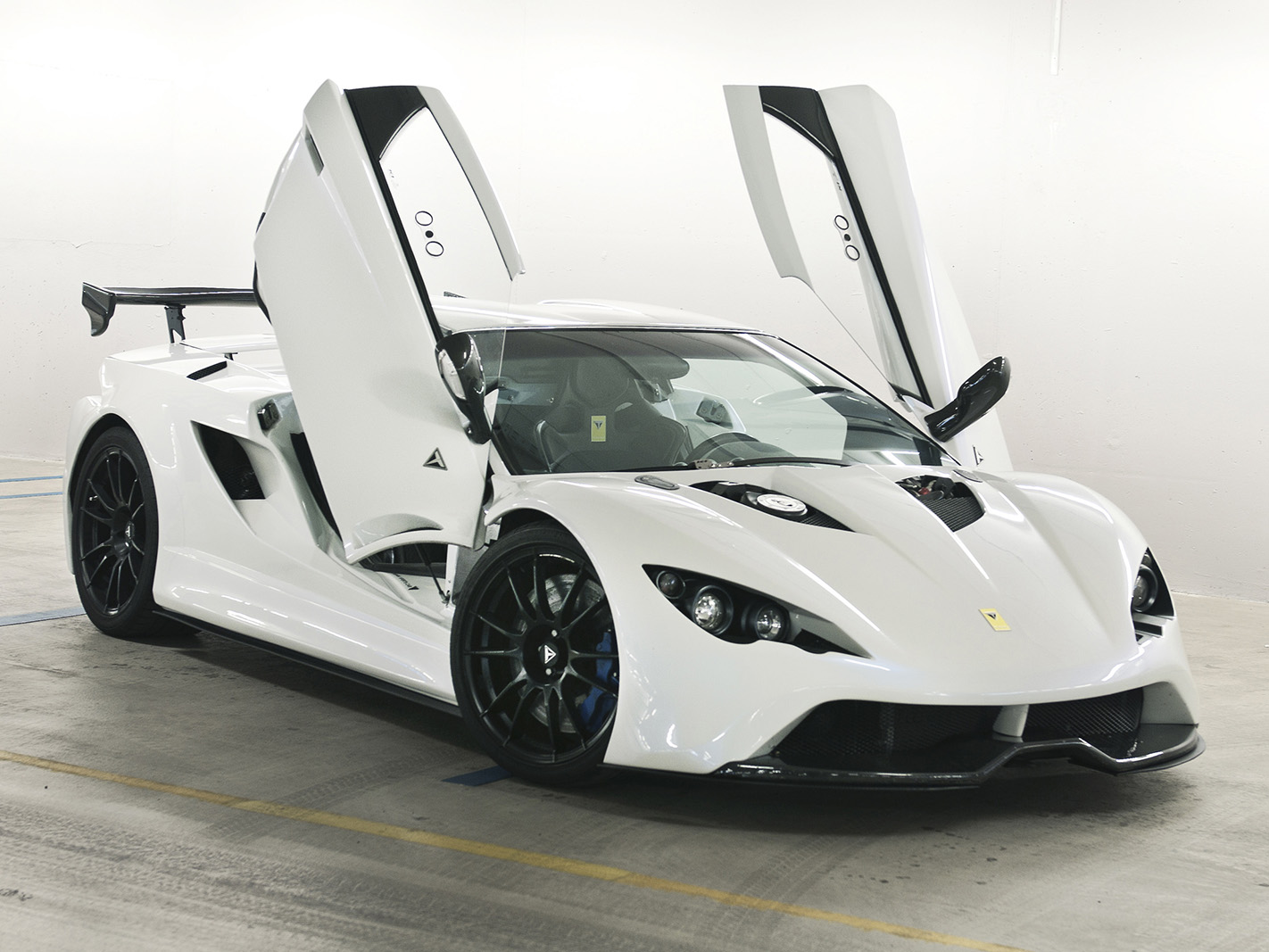
77: De Tomaso Pantera (1971)
5766cc V8, 246kW/466Nm
When the Pantera is good, it’s very, very good. Find a well-built (or restored) and finely fettled one and you’ll have a car that looks, sounds and drives like a true exotic. Panteras could be troublesome, though (Elvis shot his), and the Ford engine and high build numbers count against it.
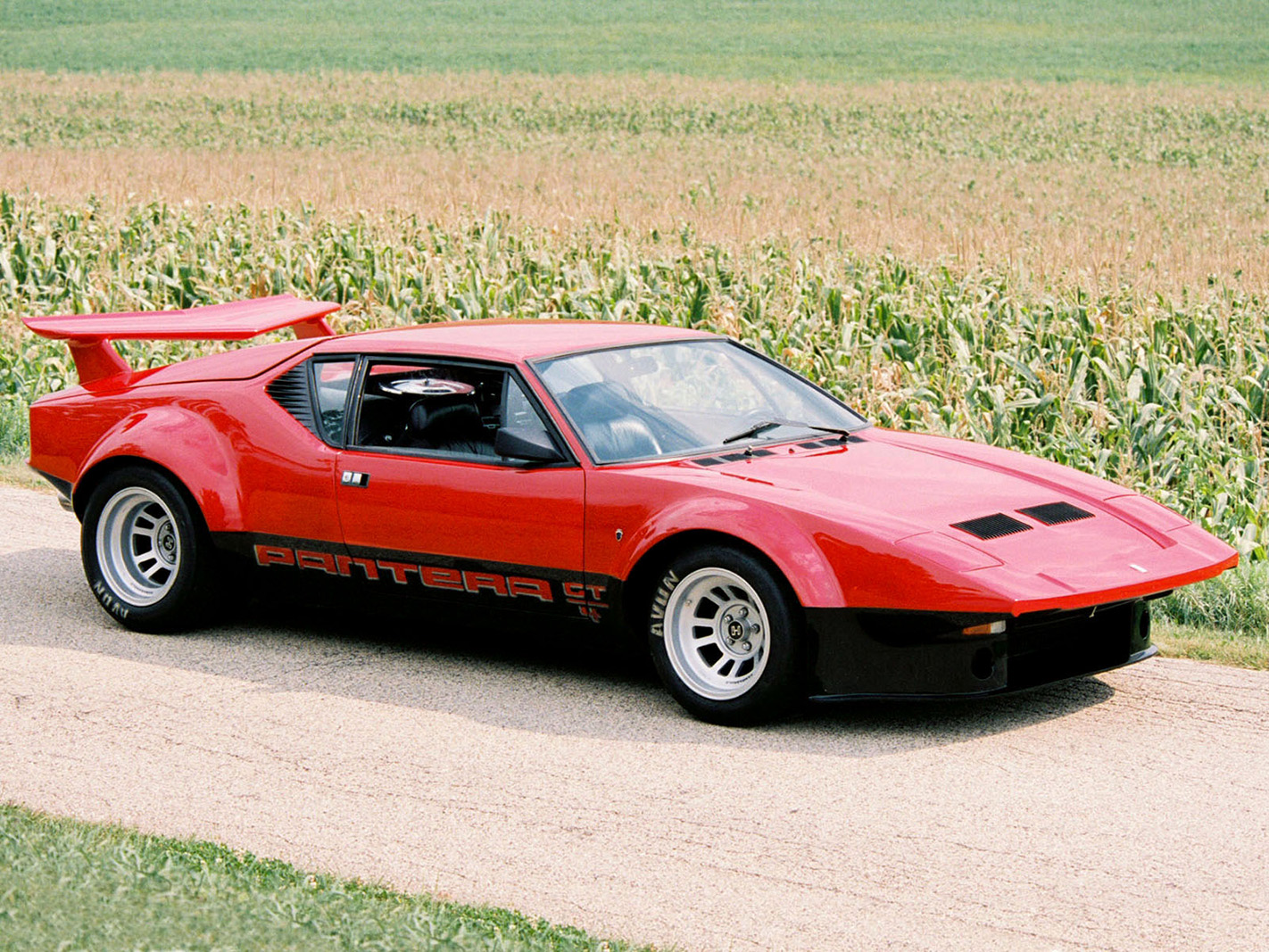
76: Schuppan 962CR (1992)
3294cc flat-6TT, 447kW/650Nm
Unlike the Dauer, the Schuppan wasn’t just a Porsche 962 with leather seats. It used the engine from the race car but installed it in a carbon monocoque with styling by Aussie Mike Simcoe. Sadly its Japanese backing disappeared with the financial crisis and just six were built.

75: Brabham BT62 (2019)
5387cc V8, 522kW/667Nm
Another super-focused supercar wearing a famous Aussie surname, the Brabham BT62 has the potential to climb much higher in the future. It’s already proven itself as an astonishingly capable and expensive track toy, but with 70 examples planned and the announcement of a road-going version, the BT62 has the potential to be something truly special. And each one is built in little old Adelaide.
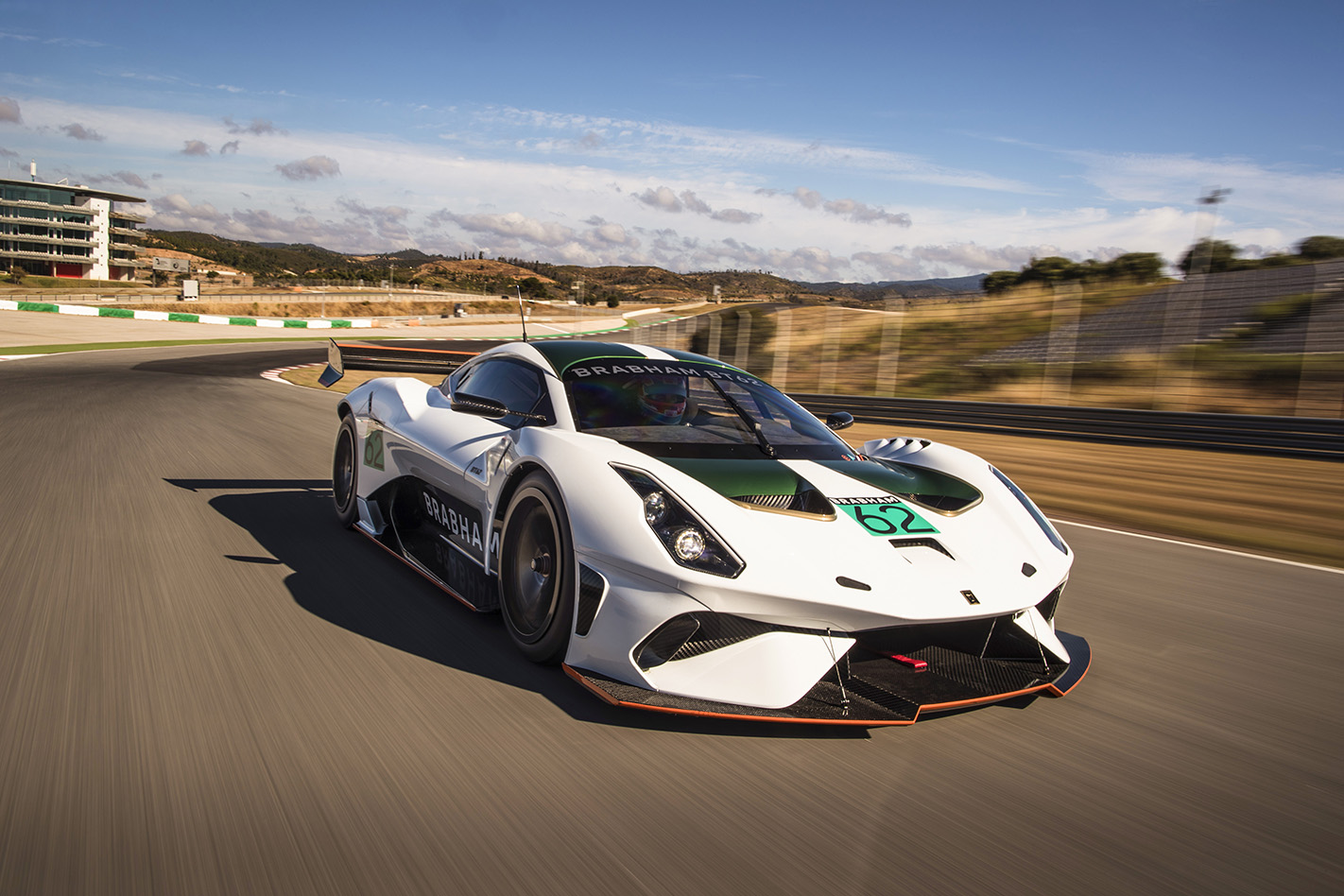
74: Bristol Fighter (2004)
7994cc V10, 468kW/786Nm
Bristol is a weird car company, so when it created its first new car in 40 years, it was never going to be conventional. Take the V10 engine and gearbox from a Dodge Viper, install it in a slippery body with gullwing doors constructed using aerospace know-how with an expertly-tuned chassis. Ace.
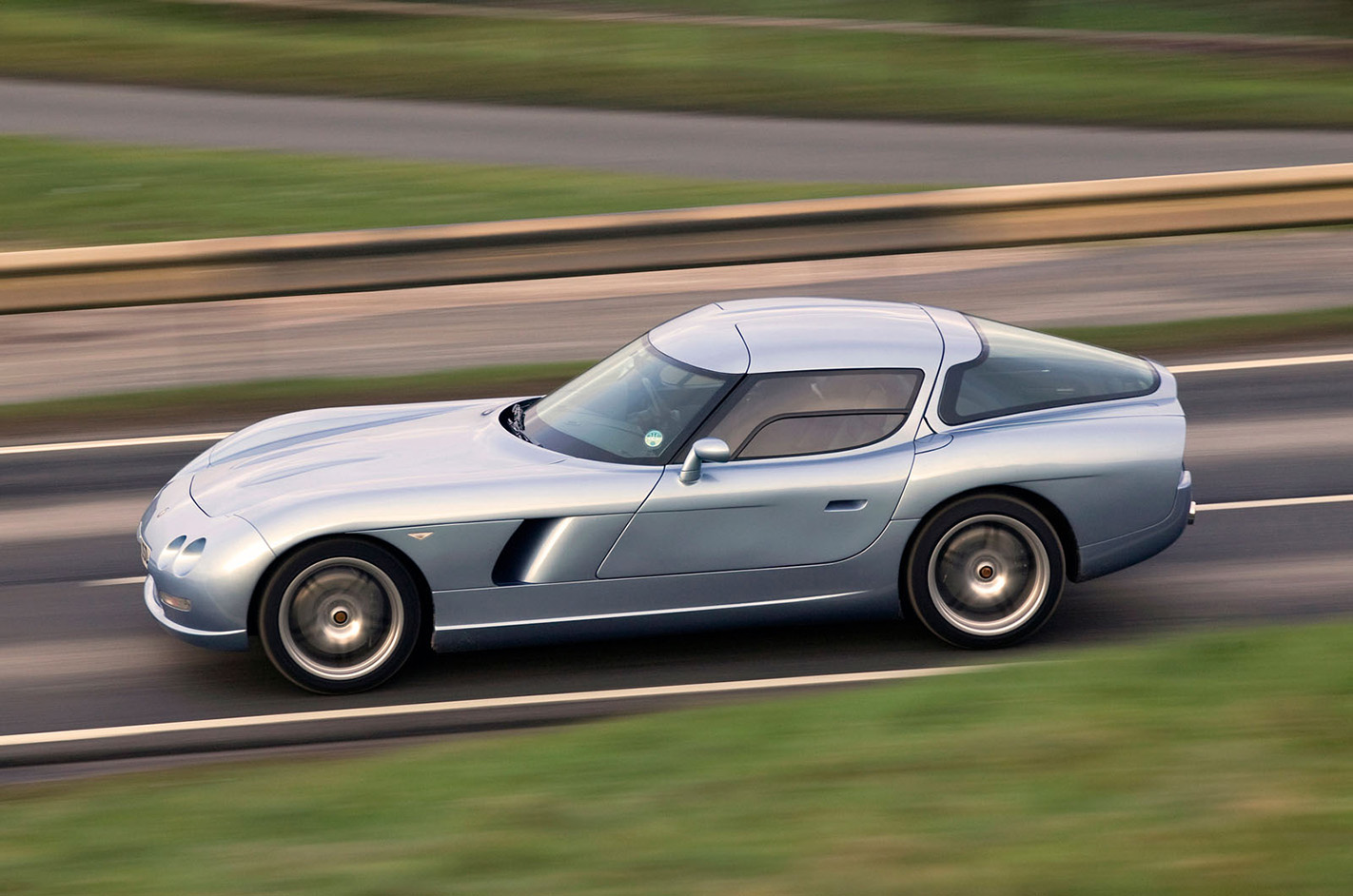
73: Venturi 400 GT (1995)
2975cc V6TT, 300kW
If Fisher Price made ‘My First Ferrari F40’ you’d probably end up with something like the Venturi 400GT. There’s plenty of 348 in the styling and, being French, the engine is a twin-turbo PRV V6 tuned to 300kW. Just 13 road cars were built, but some of the 73 racers became street cars.
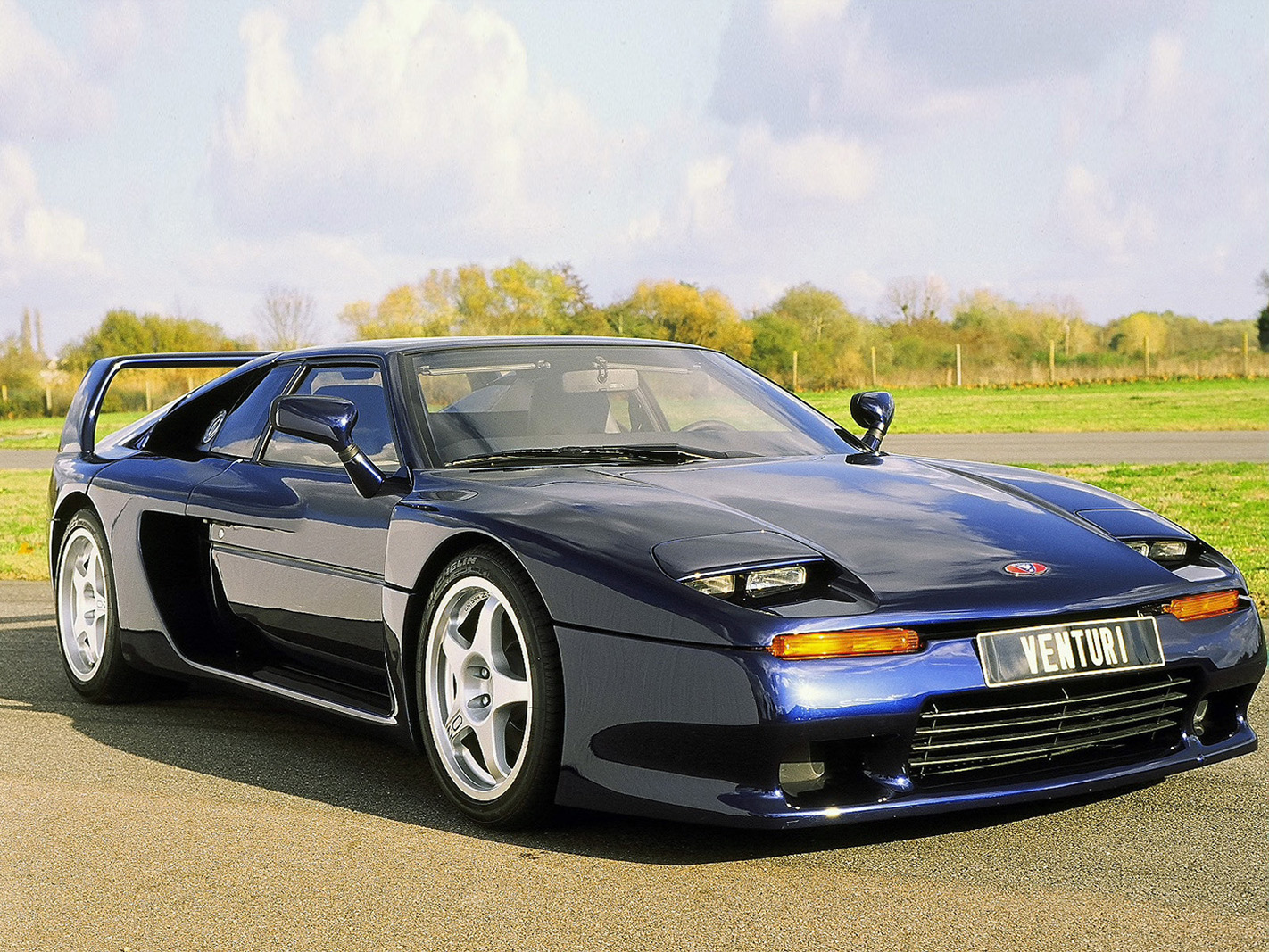
72: Isdera Imperator 108I (1984)
5547cc V8, 220kW/455Nm
Porsche design engineer Eberhard Schulz created the Mercedes CW311 concept car in 1978, but when Mercedes had no interest in putting it into production Schulz took matters into his own hands and thus the Imperator was born. A trio of Merc V8s provided power and 30 cars were built in total.

71: Saleen S7 (2005)
7011cc V8TT, 559kW/949Nm
Cramped, noisy and unrefined, the Saleen S7 nevertheless offered a true race car experience. And then Saleen added twin turbos. The result was insane speed, with a 10.7sec quarter at 230km/h recorded, but when we drove it Stateside it broke down in short order.
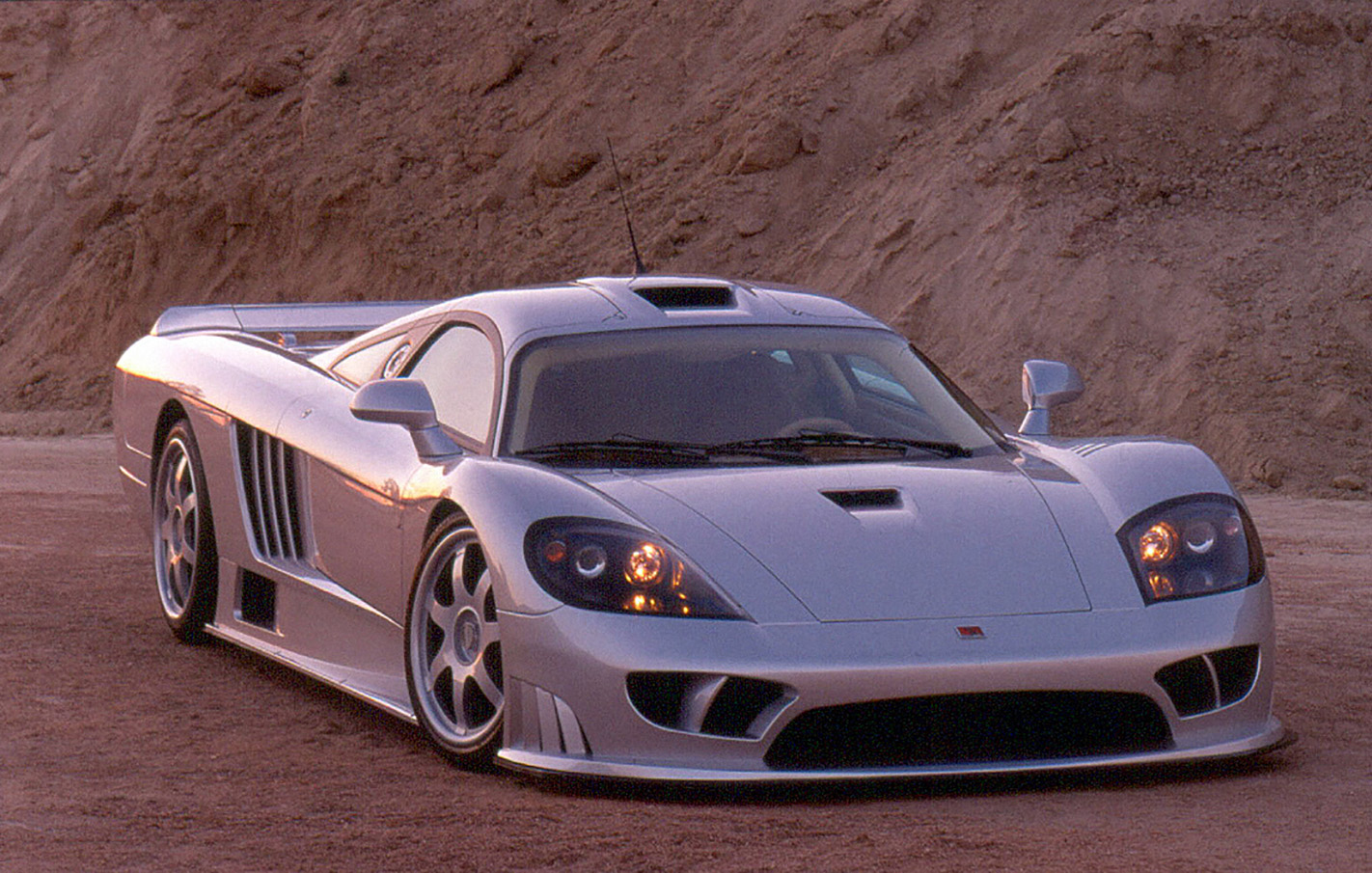
70: Cizeta V16T (1991)
5995cc V16, 403kW/542Nm
Look familiar? The Cizeta V16T was what the Lamborghini Diablo was meant to look like until Chrysler took over. Gandini’s original design lived on in the V16T, part-financed by musician Giorgio Moroder and with a massive 6.0-litre V16 mid-mounted transversely. Fifteen were built in total.
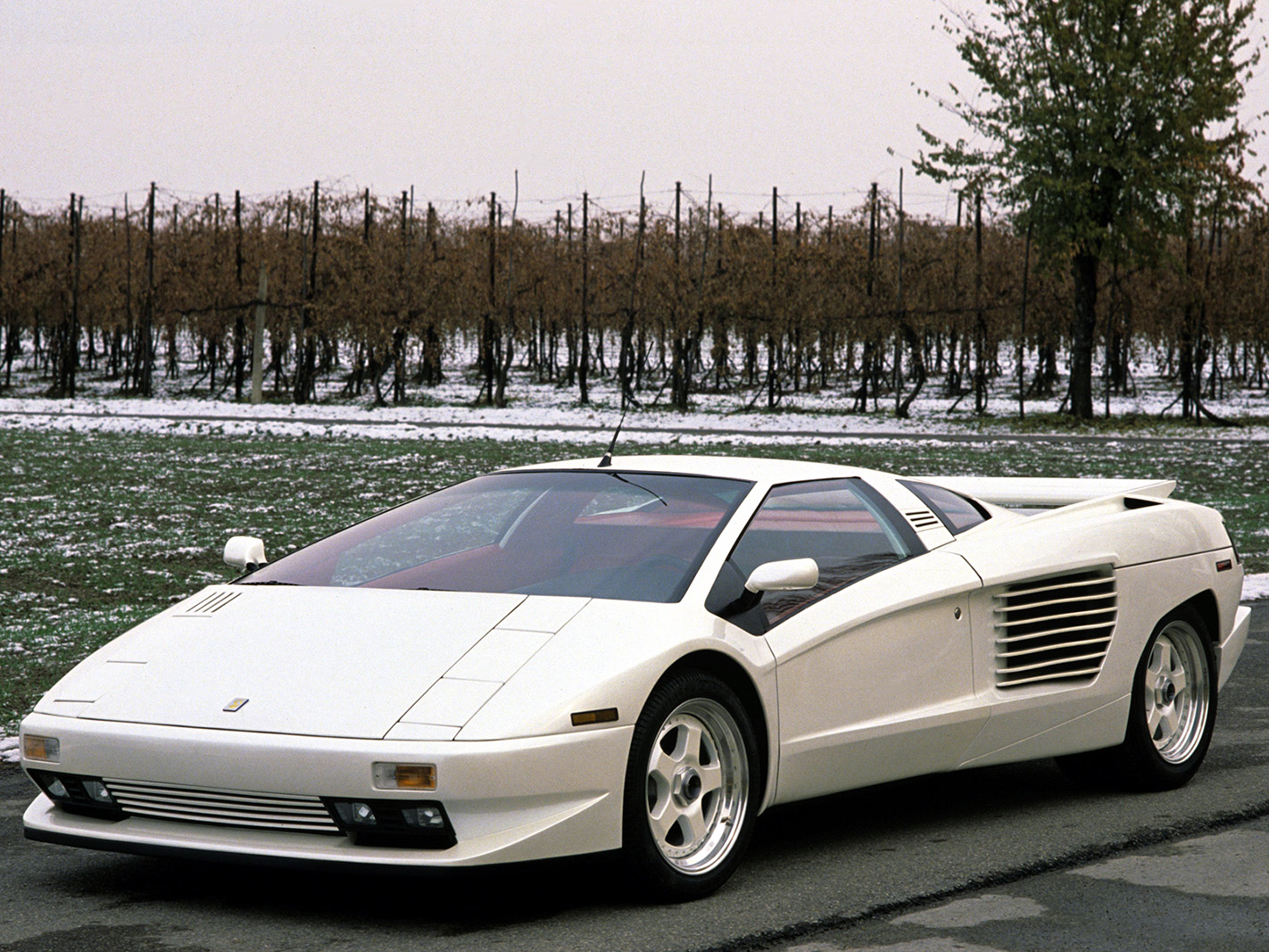
69: Ascari KZ1 (2005)
4941cc V8, 373kW/550Nm
Ascari planned to build 50 KZ1s. How many were actually made is unknown, but the car itself was good. The engine was a tuned BMW E39 M5 unit and 373kW was plenty in a 1275kg carbon supercar. Unlike many low-volume cars it was a quality product but the highlight was the chassis, Autocar writing: “No Ferrari steers as well as this, no Porsche can match its ride and refinement.” High praise.
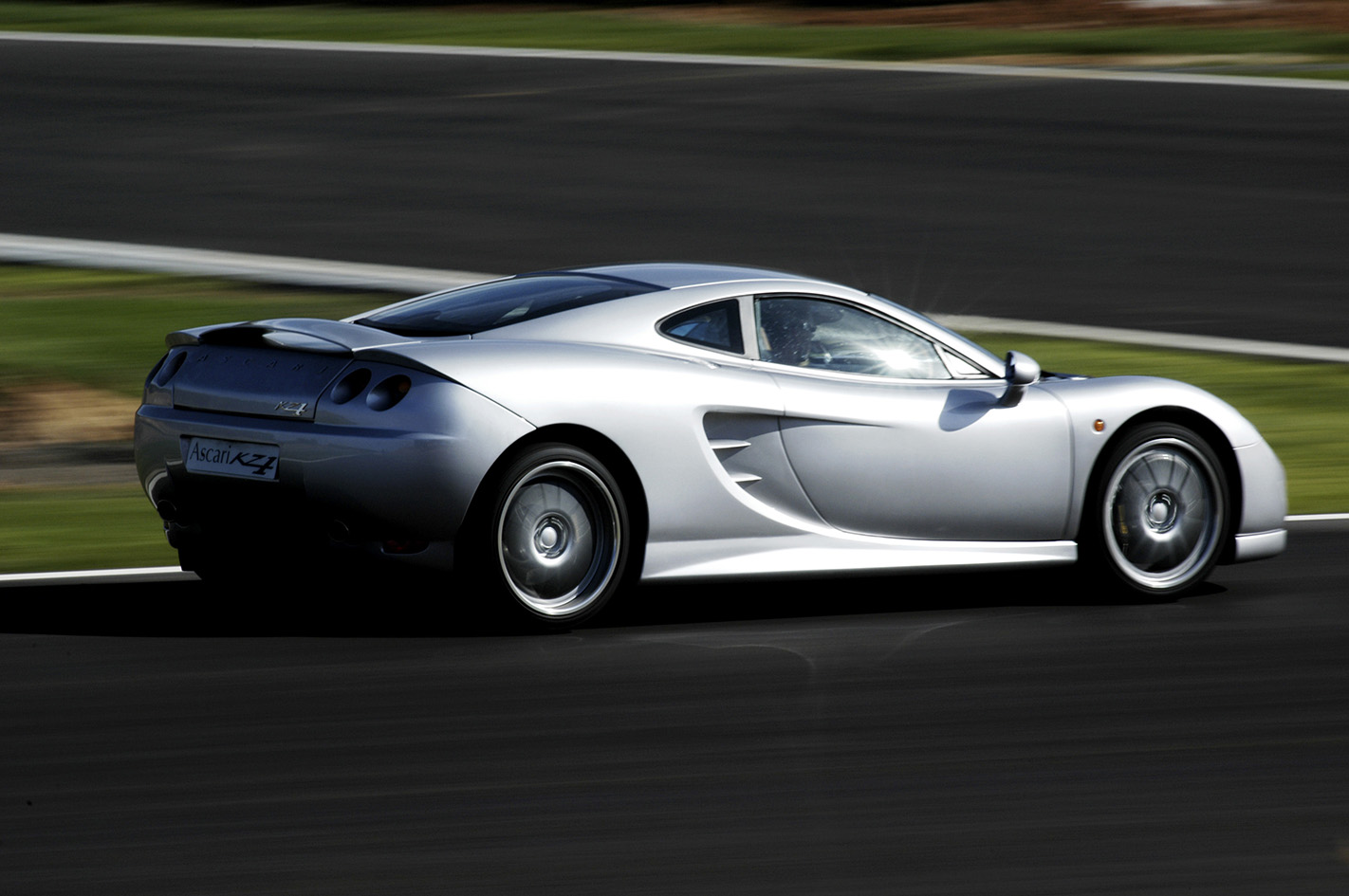
68: Ultima GTR (1999)
5663cc, 257kW/474Nm
Can a car you build yourself qualify as a supercar? When it works this well it can. You can fit the Ultima with virtually any engine and up to 750kW, but even the original, with a bone-stock LS1 V8, could hit 100km/h in less than four seconds, dip below 12sec for the quarter and slaughter just about anything on track. It might not be super sexy, but few things can match the GTR as a road-legal track toy.
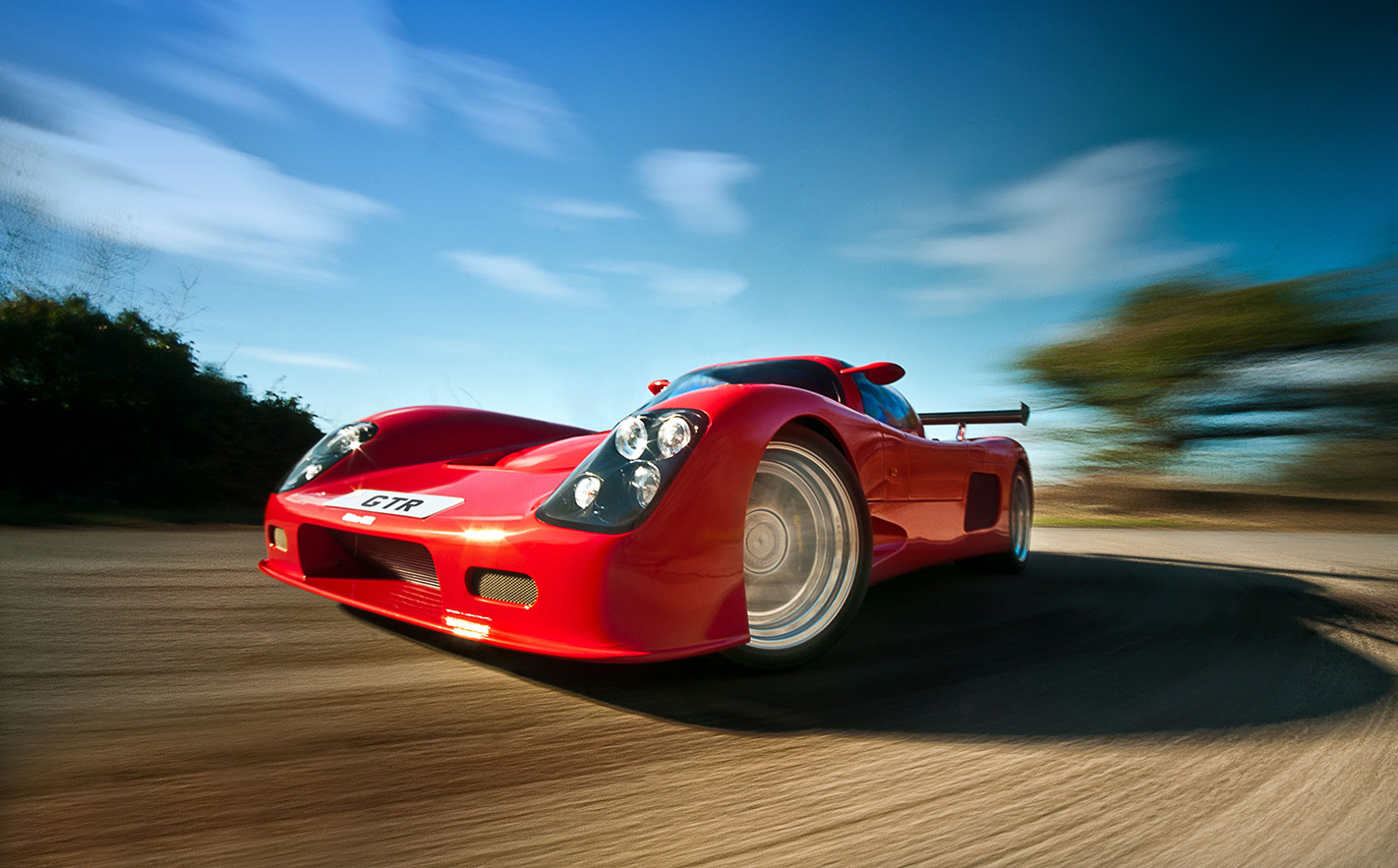
67: De Tomaso Mangusta (1967)
4727cc V8, 227kW/531Nm
Before the Pantera there was the Mangusta and in supercar terms there’s no contest. The Mangusta is rare – just 401 were built – and its Giugiaro looks are beautiful, with the show-stopping gullwing rear bodywork. Early cars used a high-performance Ford 289 before a switch was made to a 302. An underappreciated classic.
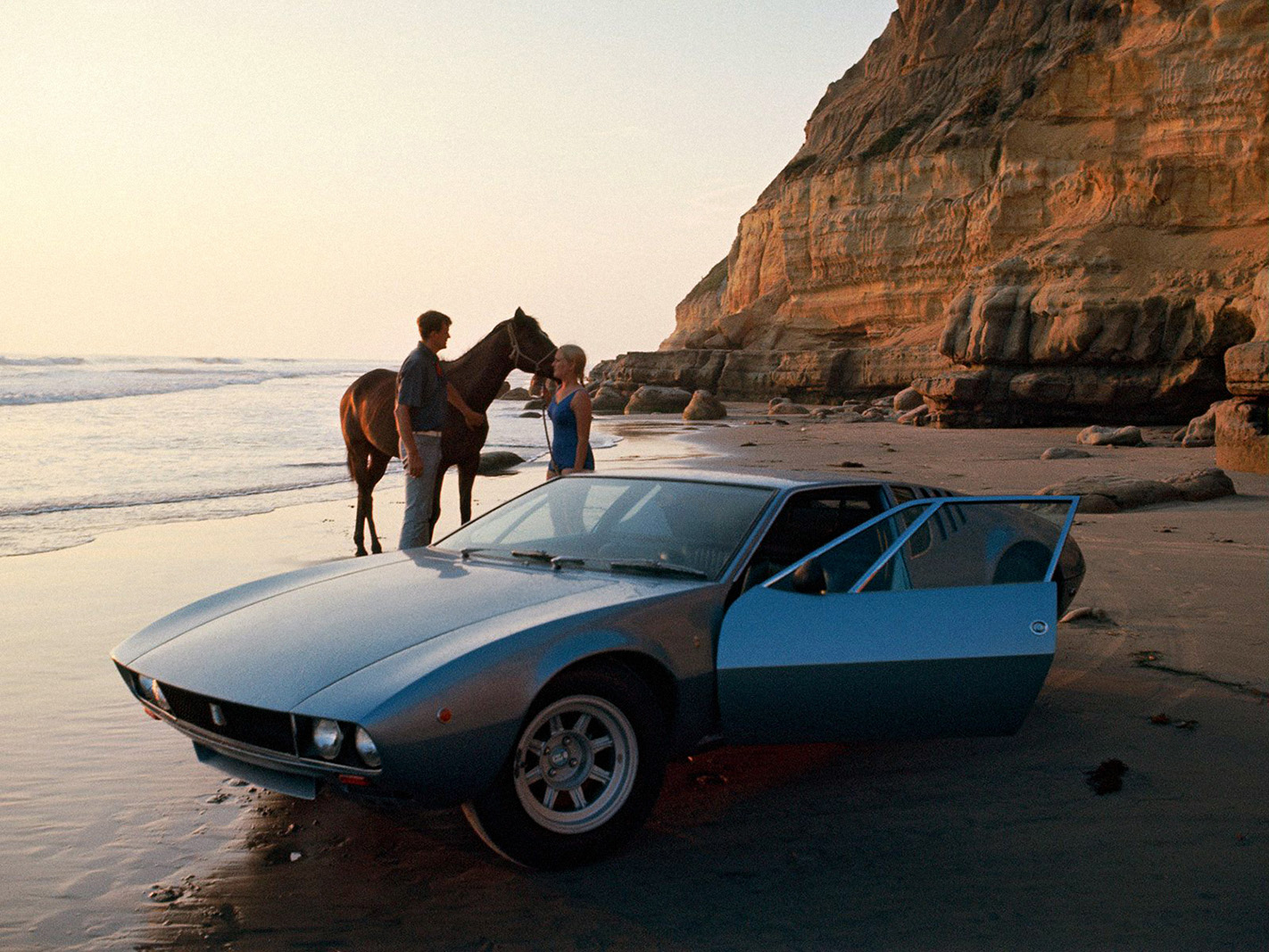
66: Spyker C8 (2003)
4163cc V8, 294kW/480Nm
Spyker plays the supercar game differently to most. It’s a lover not a fighter. An Audi V8 makes it quick, but you’d be better off slowing down and enjoying the great noise, the stunning interior and the attention from passers by. Later cars softened the ride and added an auto ‘box which better suits its undoubted character.
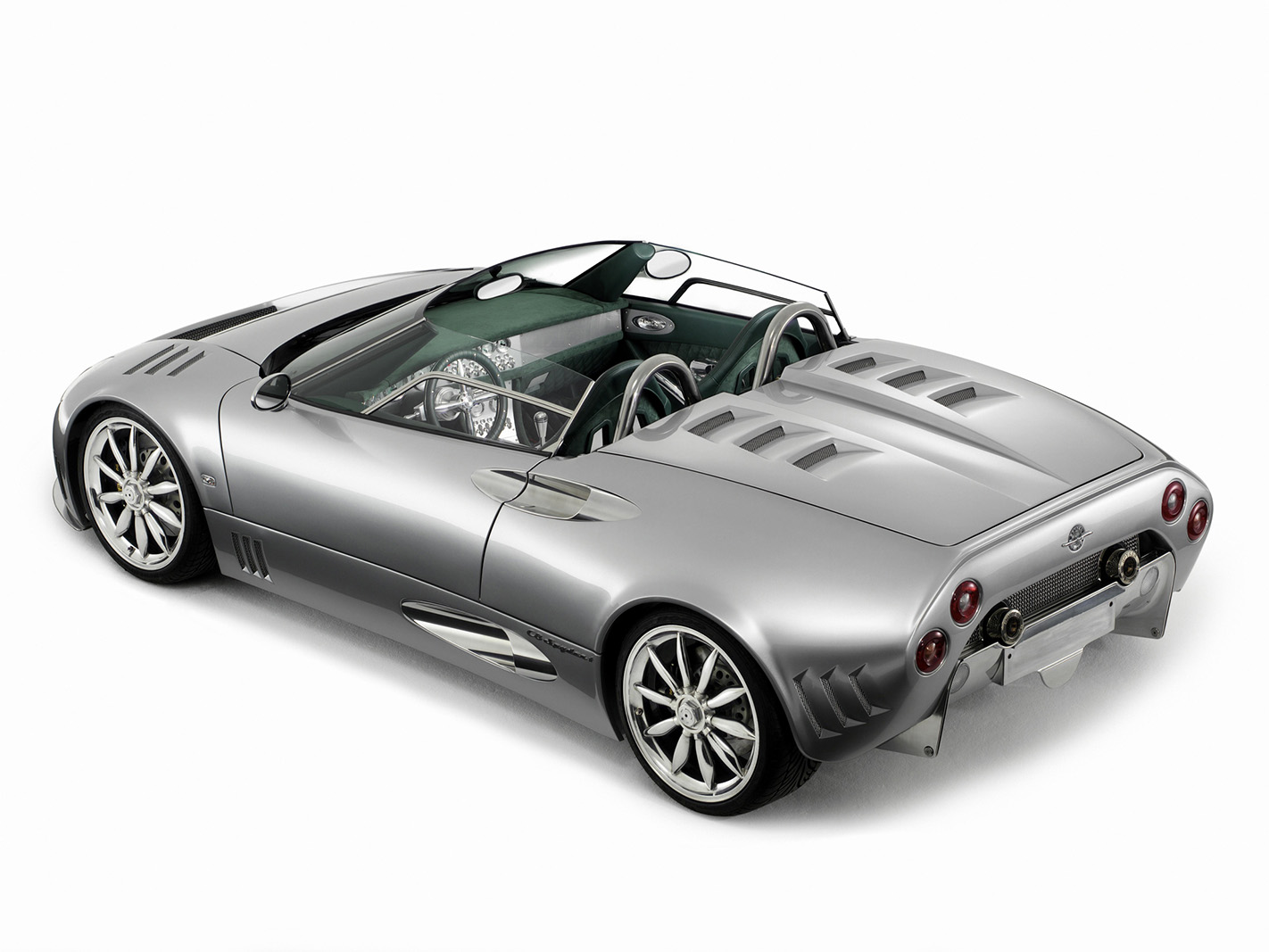
65: Mosler M900 (2005)
5665cc V8, 302kW/542Nm
Sometimes the simplest recipes are the best. Install a thumping LS6 V8 in a 1100kg carbon chassis and the result is the sort of track performance that can embarrass super exotics for a fraction of the price without scary running costs.
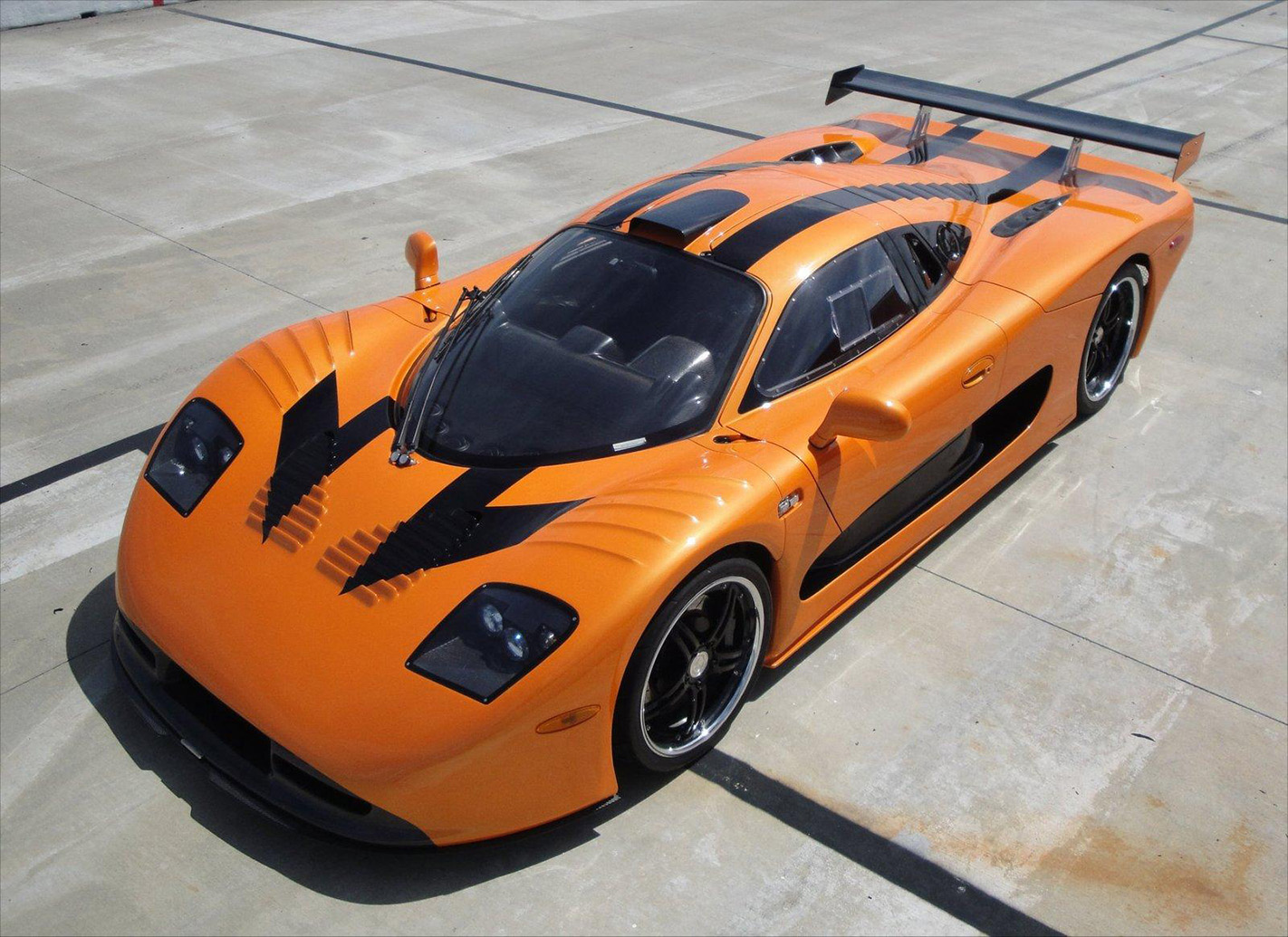
64: Lotus Esprit Sport 350 (1999)
3506cc V8TT, 261kW/400Nm
The Sport 350 wasn’t the best Esprit, but it is really the only one that qualifies for supercar status. Just 48 were built and while the arrival of the 3.5-litre twin-turbo V8 didn’t help the handling it shot the car to 160km/h in under 10sec. Magnesium wheels helped shed 80kg.
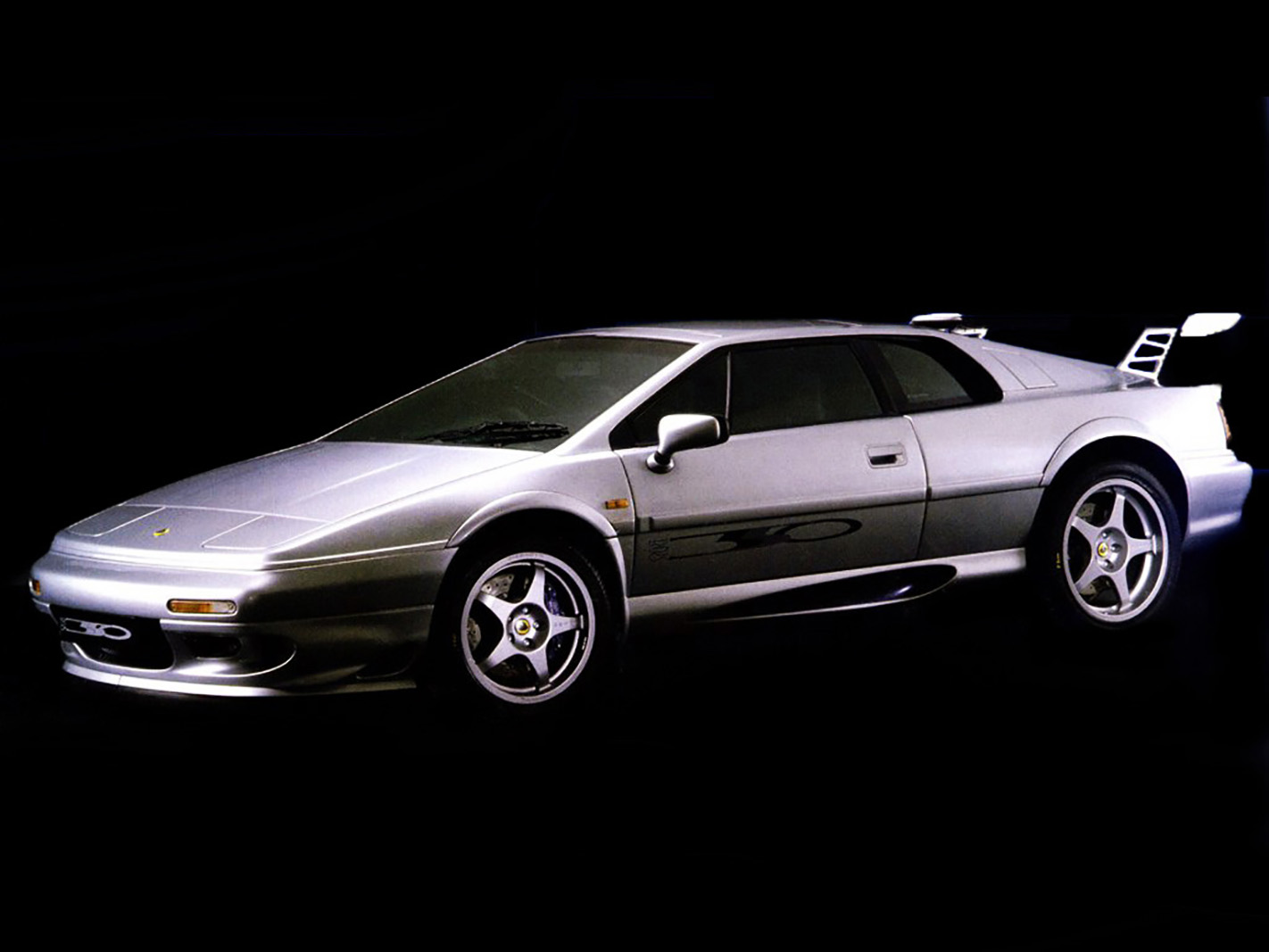
63: Nissan R35 GT-R50 (2020)
3799cc V6TT, 530kW/780Nm
Will 50 people pay more than $1.5m for a GT-R? That’s the question, but the car itself is quite special. The GT-R50 isn’t just a quick styling job; the roof is 50mm lower, power is increased massively and owners can basically have any spec they want thanks to Italdesign – as long as they can pay for it.
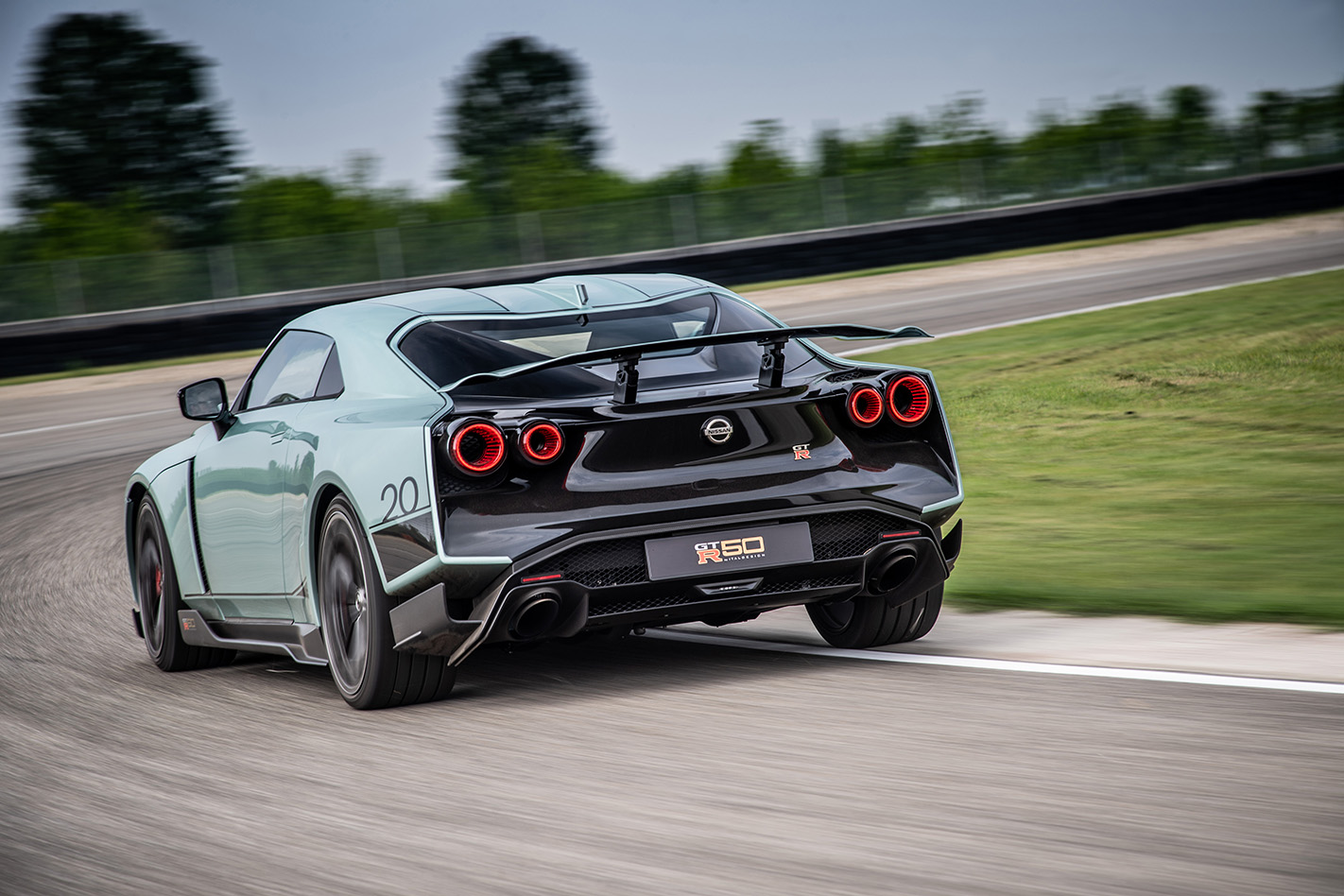
62: Maserati Bora (1971)
4719cc V8, 231kW
Not too many introverts buy supercars, but if they did then the Maserati Bora is the one for them. Pretty and practical, it lacked the wow factor of the Countach and the sportiness of the Boxer but countered with a calmer, classier character, including a sweet 4.7-litre V8 and Citroen’s hydropneumatic tech.

61: Porsche 911 Turbo S (2020)
3745cc flat-6TT, 478kW
The 911 Turbo doesn’t meet many of the requirements of a supercar. It isn’t that rare, it’s not made of exotic materials and it looks like ‘any other 911’ to the uninitiated. The thing is, when push comes to shove it’s often the 911 Turbo that’s kicking sand in the face of its more exotic competition and never has that been more true than with the latest 992.
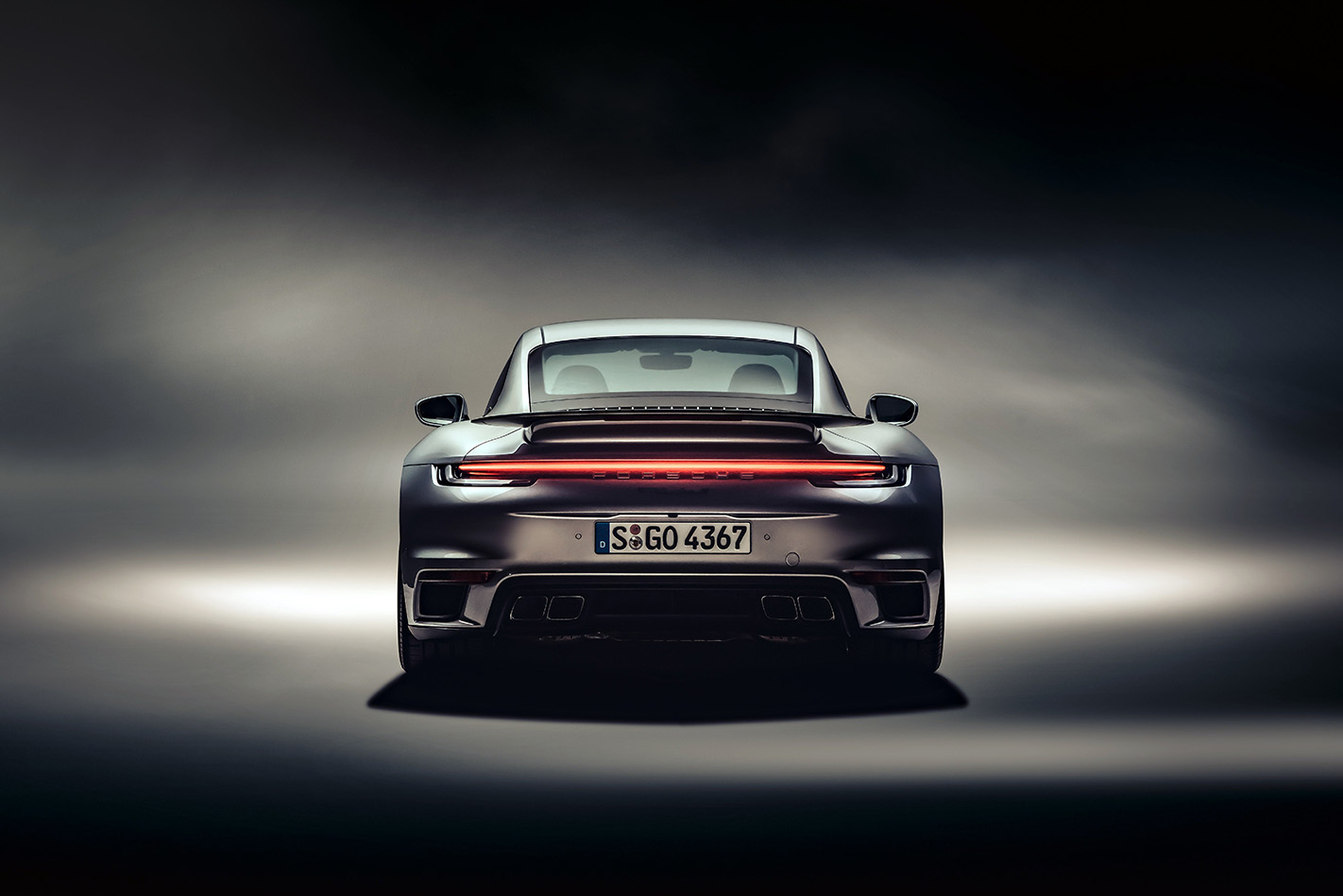
60: SSC Ultimate Aero (2007)
6345cc V8TT, 882kW/1483Nm
Road tests weren’t particularly flattering for the SSC Aero, but you can’t deny its efficacy. On a very long, very straight road in Washington 71-year-old Chuck Bigelow achieved a maximum speed of 414.31km/h and a two-way average of 412.28km/h to briefly make the Aero the world’s fastest car.
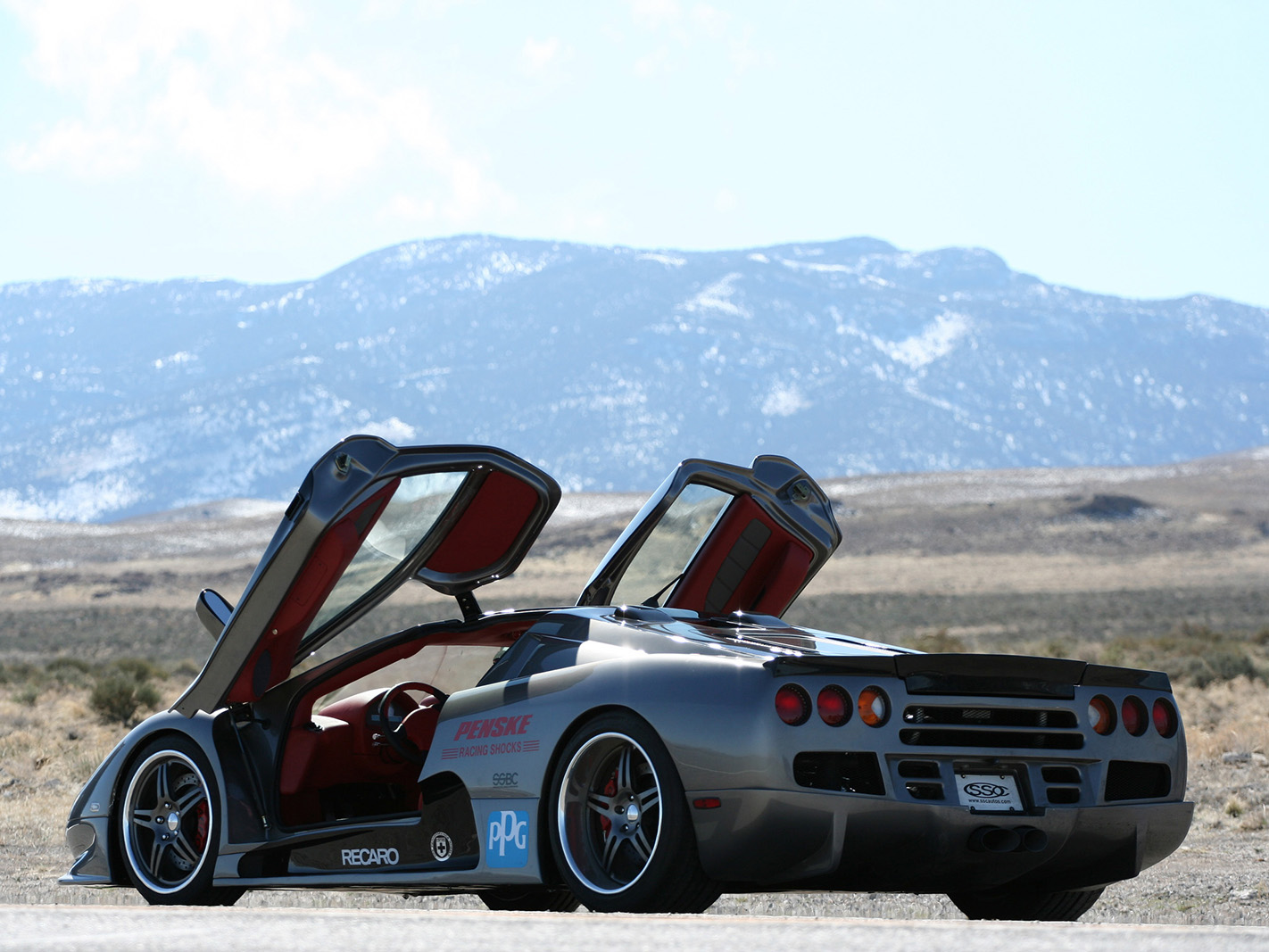
59: Dodge Viper ACR (2016)
8382cc V10, 481kW/813Nm
Originally a crude and wayward device, the Viper slowly morphed into a giant killer by the end of its 26-year life, capable of lapping the Nordschleife in just 7:01.3sec and 11sec quarter miles, not to mention a pair of Targa Tasmania wins. The world is a lesser place for its departure.
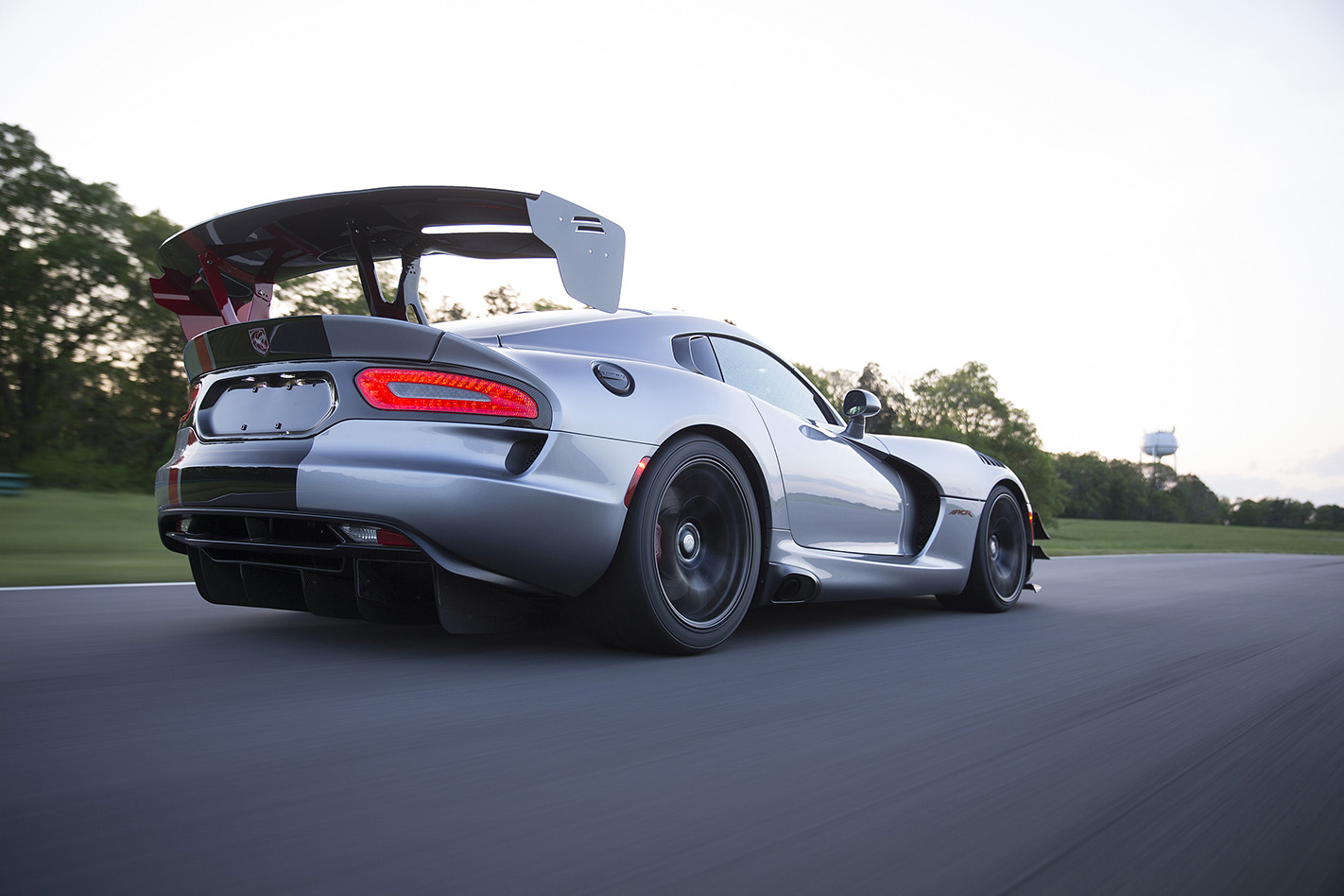
58: BMW i8 (2014)
1499cc I3TH, 266kW/570Nm
Drive an i8 and you’ll realise how special it is. It doesn’t wow with outright speed, but the driving experience is beautifully resolved. It also deserves credit for pioneering the new wave of hybrid performance cars and its design remains stunning.
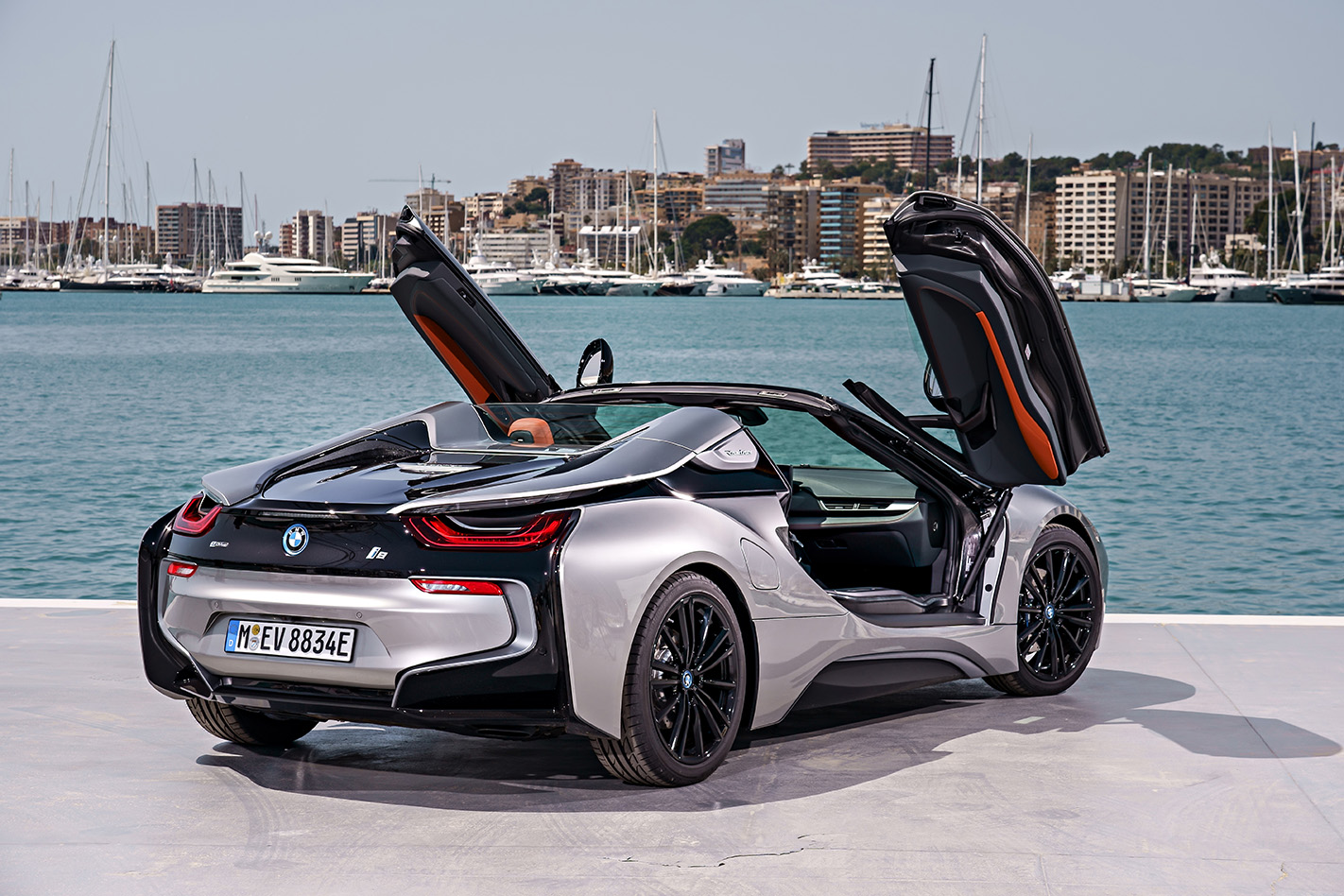
57: Ares Panther (2019)
5204cc V10, 478kW/600Nm
To most a Lamborghini Huracan would be exotic enough, but a select few are happy to give Ares Design another $700K to turn a standard Huracan into a 21st century homage to the De Tomaso Pantera. The design is gorgeous and revisions to the base package make it even better to drive.
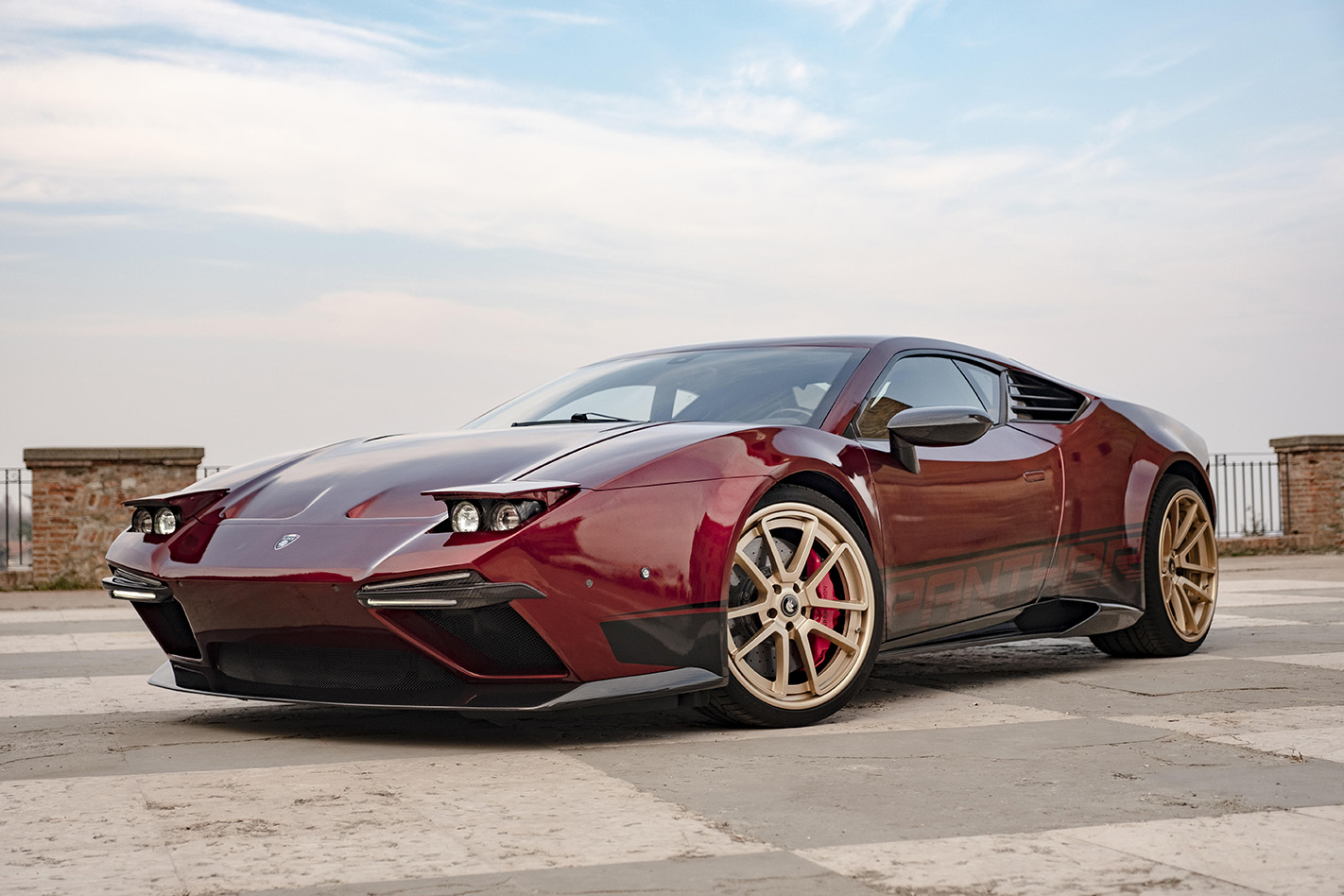
56: Ford GT (2005)
5409cc V8S, 410kW/678Nm
This is retro done right. Ford stunned the world when it revealed the ‘new GT40’ at the 2002 Detroit Auto Show and when the production version arrived three years later it had the performance and dynamics to give European exotics a bloody nose, just as its predecessor had done at Le Mans 40 years earlier.
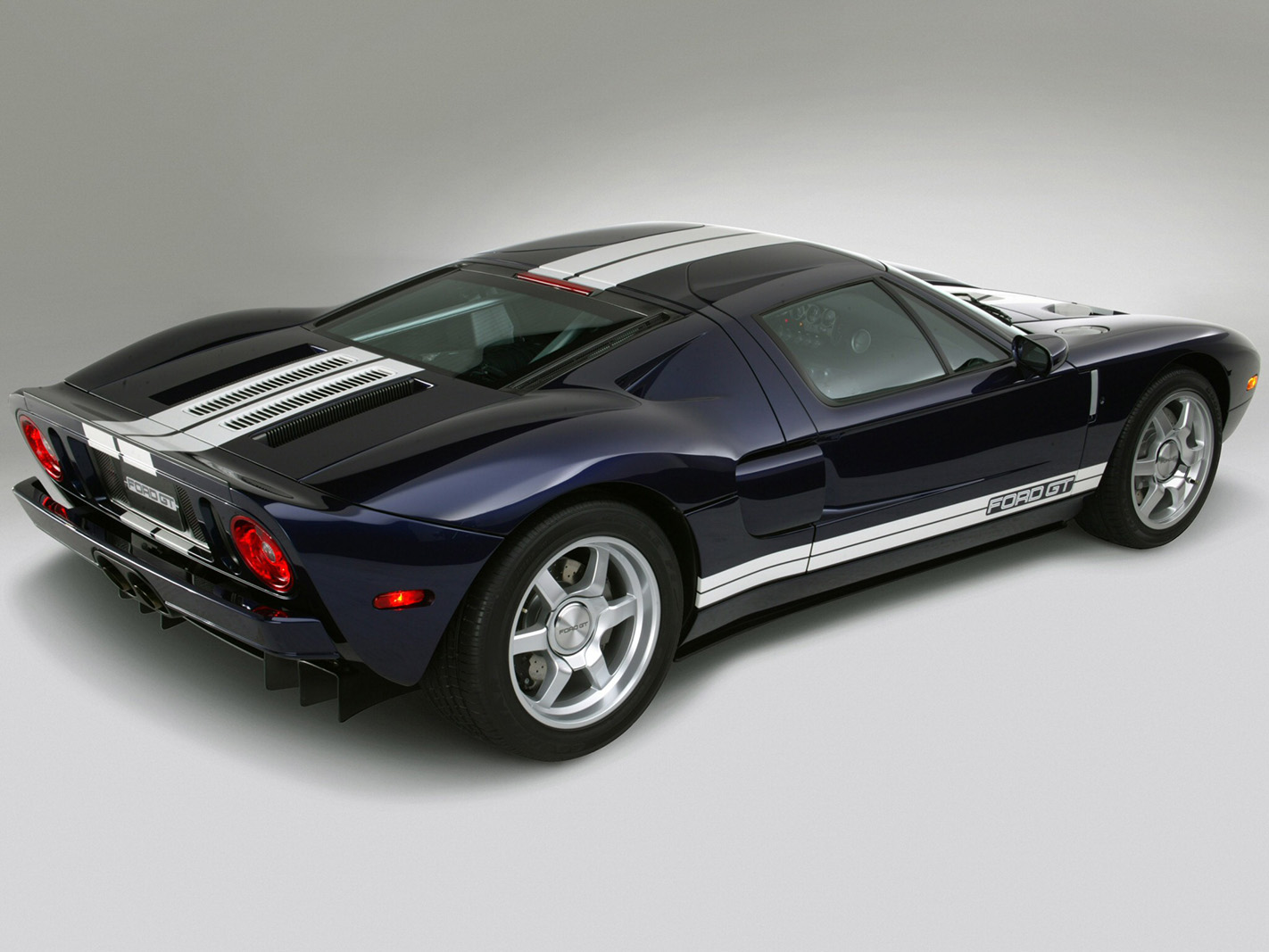
55: Ferrari Testarossa / 512TR (1984)
4943cc flat-12, 287kW
If you asked most people to describe a supercar, you’d probably end up with something very similar to the Testarossa. It’s quite literally the poster child for 1980s autos and only improved as it evolved into the 512 (TR then M).
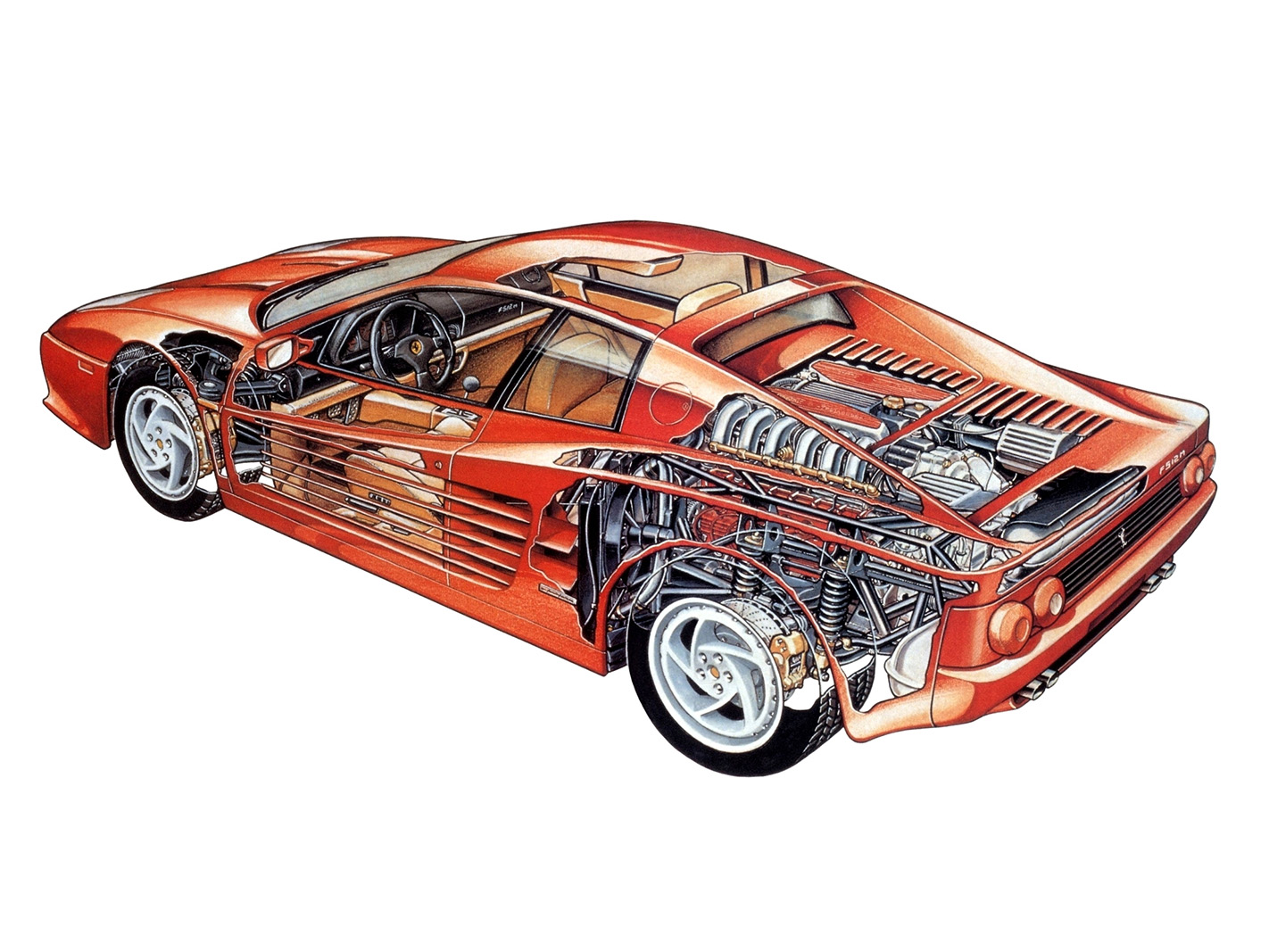
54: BMW M1 (1978)
3453cc I6, 204kW/330Nm
Arguably the first ‘sensible supercar’, the M1’s development and production was a debacle, but the car itself was a triumph, offering an experience well beyond its relatively modest (even for the time) specification. Only 399 road cars were built and they’ll set you back big bucks.
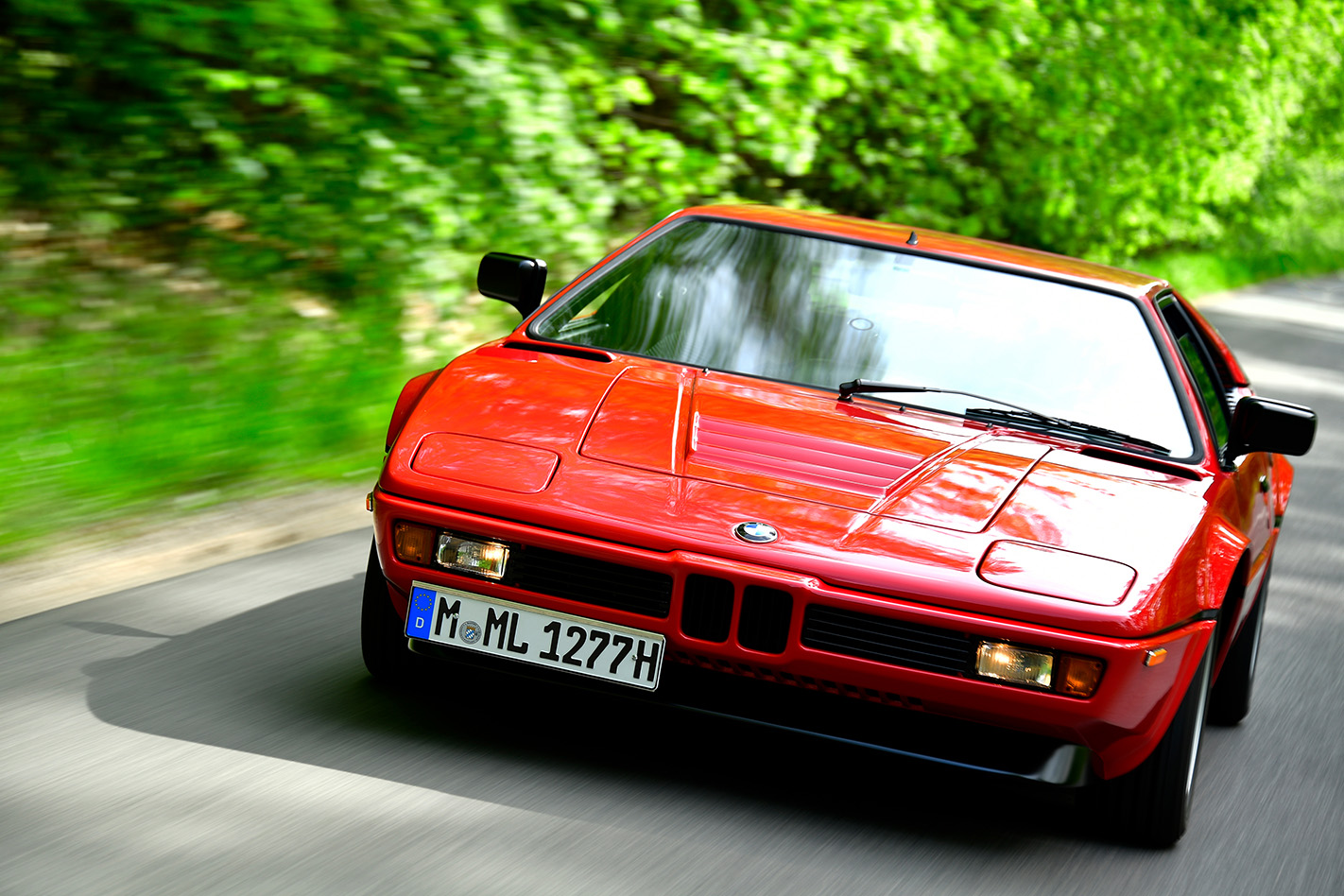
53: 9ff GT9 (2008)
4000cc flat-6TT, 736kW
Having made its name tuning Porsches to preposterous power outputs, German tuner 9ff created its own car, the GT9. This Frankenstein’s 911 struggled off the line but accelerated from 160-320km/h 2.5sec quicker than the Bugatti Veyron. Cripes.
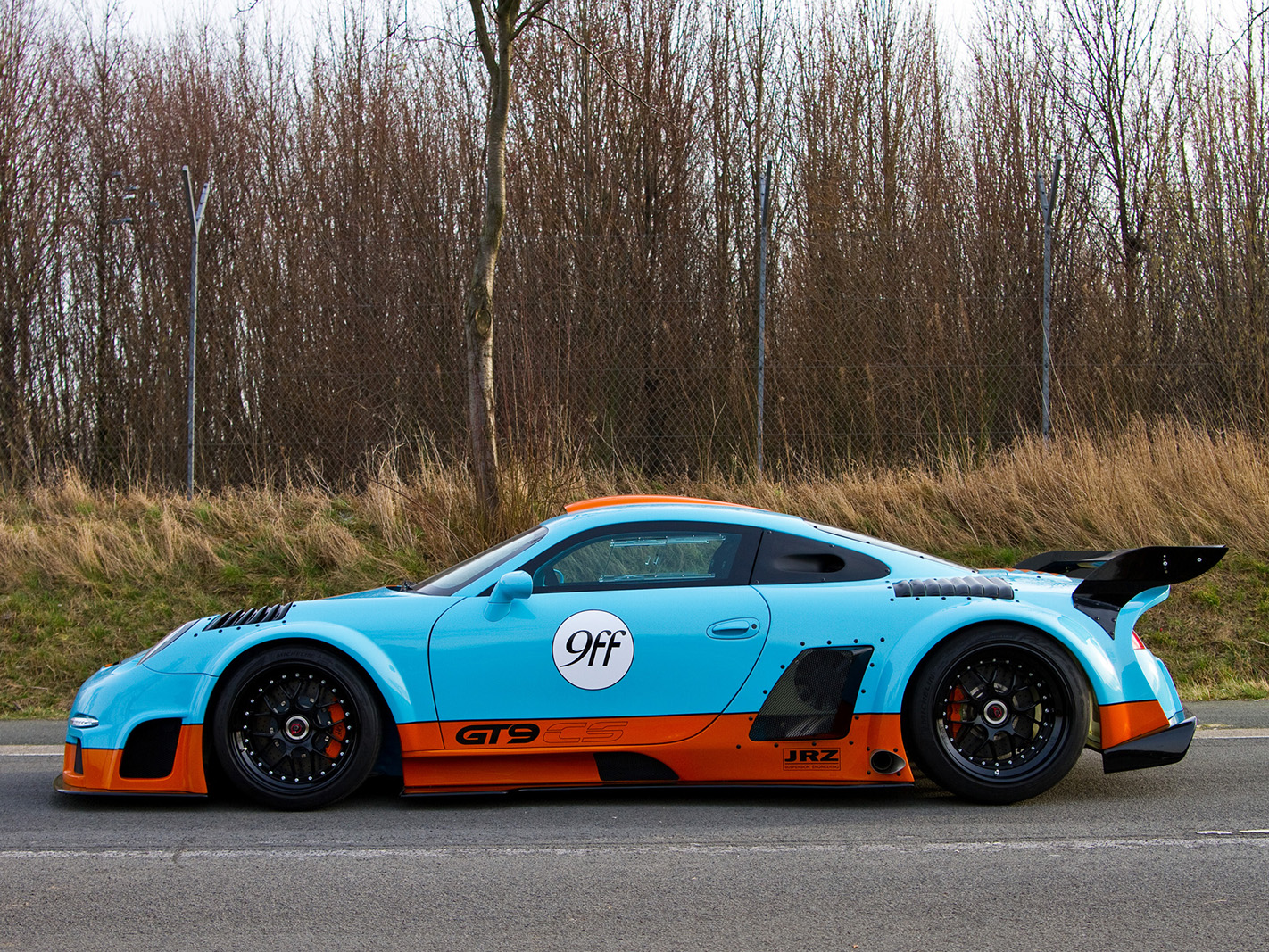
52: Gumpert Apollo (2005)
4163cc V8TT, 515kW/914Nm
Silly name, face only a mother could love, but performance to make your eyeballs pop. The Apollo was designed to go around racetracks very quickly and this it did spectacularly well, lapping the Nordschleife in 7min11.57sec in 2009. At the time, no car had ever gone quicker and few still can.
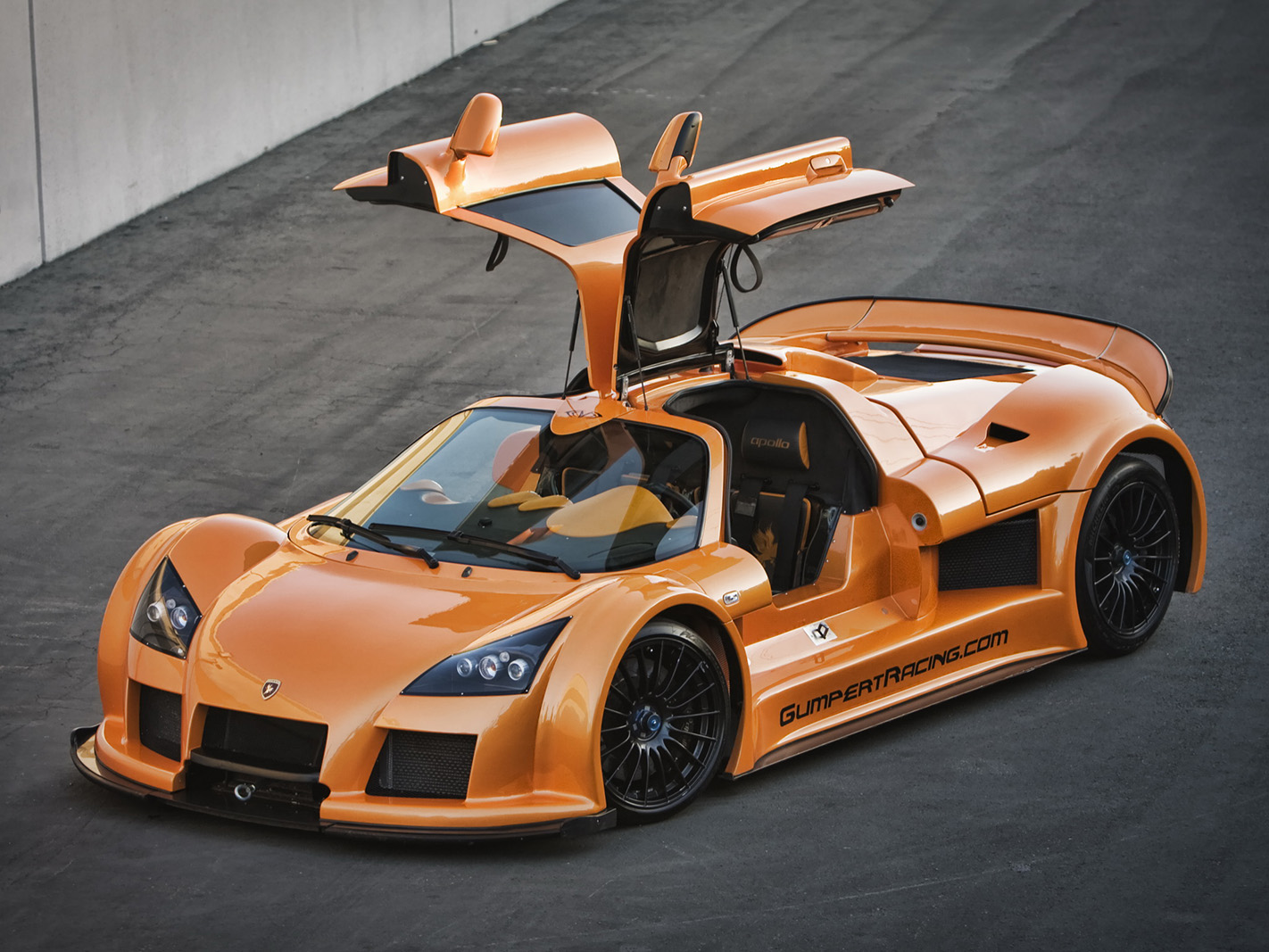
51: Hennessey Venom (2011)
7011cc V8TT, 928kW/1566Nm
If Satan ordered a Lotus Exige it would probably resemble Texan tuner John Hennessey’s mad creation. The result was 0-300km/h in 13.63sec and a 435km/h top speed but also surprisingly deft handling. Thirteen were built.
